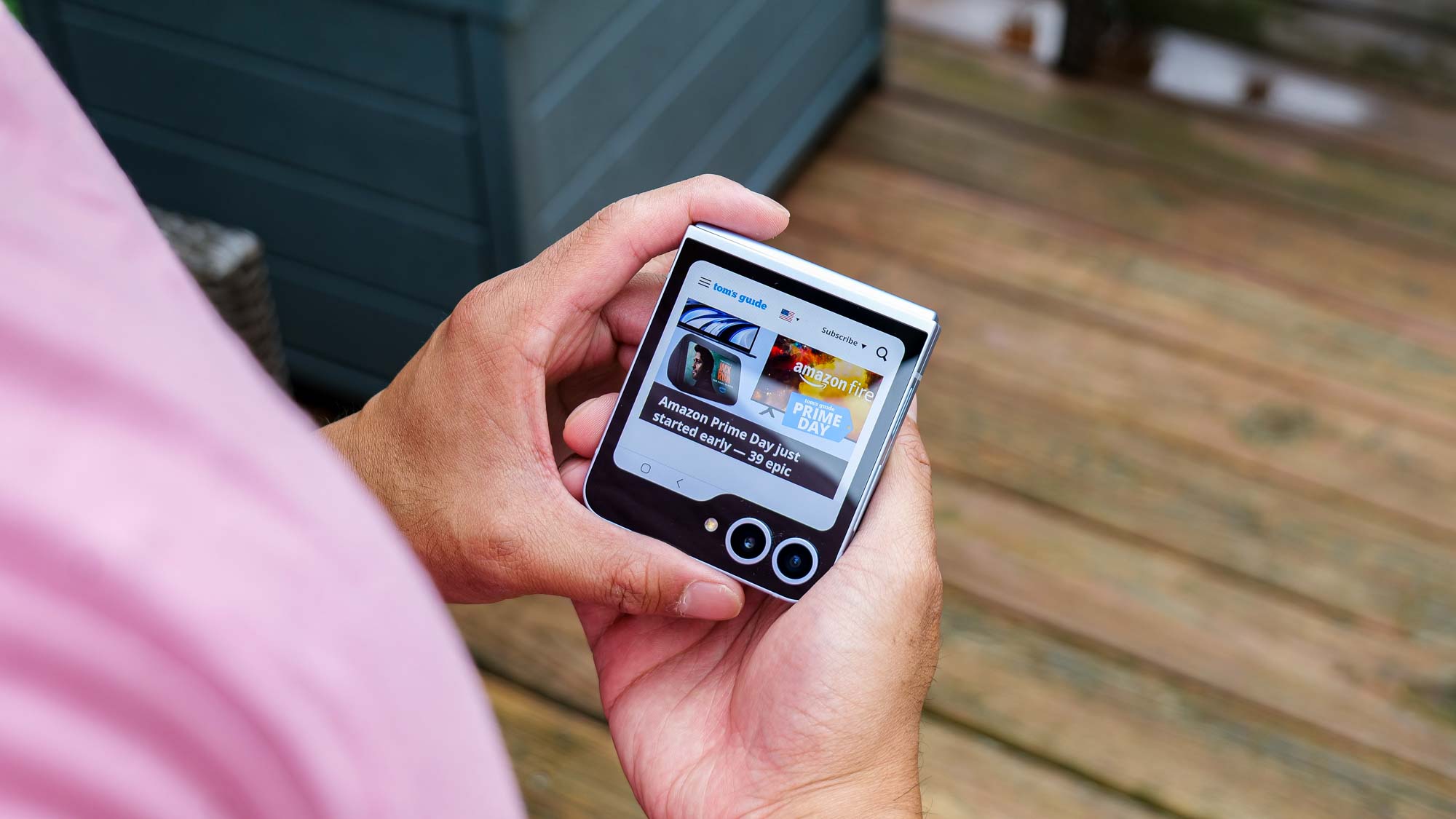
Samsung ruled the flip-style phone space for years with its Z Flip devices, up until last year when the Motorola Razr Plus (2023) dethroned the Flip. This year’s Galaxy Z Flip 6 aims to reverse the course and get back its title as one of the best foldable phones.
Obviously, all the usual upgrades are in tow with this charming little flippable, like its new 50MP main camera, more durable design, and more functional FlexWindow display. These hardware changes are good, but they're supplemented by the same Galaxy AI features I found helpful in saving me time with the Galaxy S24 Ultra — plus a few new AI capabilities. If that’s not enough, there’s a much bigger emphasis on personalizing the Galaxy Z Flip 6.
These are all fine and dandy for any phone release. However, it’s going to take a lot to convince people to shell out an additional $100 more now that Samsung has raised the price of the Galaxy Z Flip 6. In my Samsung Galaxy Z Flip 6 review, I’ll tell you if all these new AI features and upgrades justify that higher $1,099 starting price for this phone.
Samsung Galaxy Z Flip 6 review: Specifications
Samsung Galaxy Z Flip 6 review: Price and availability
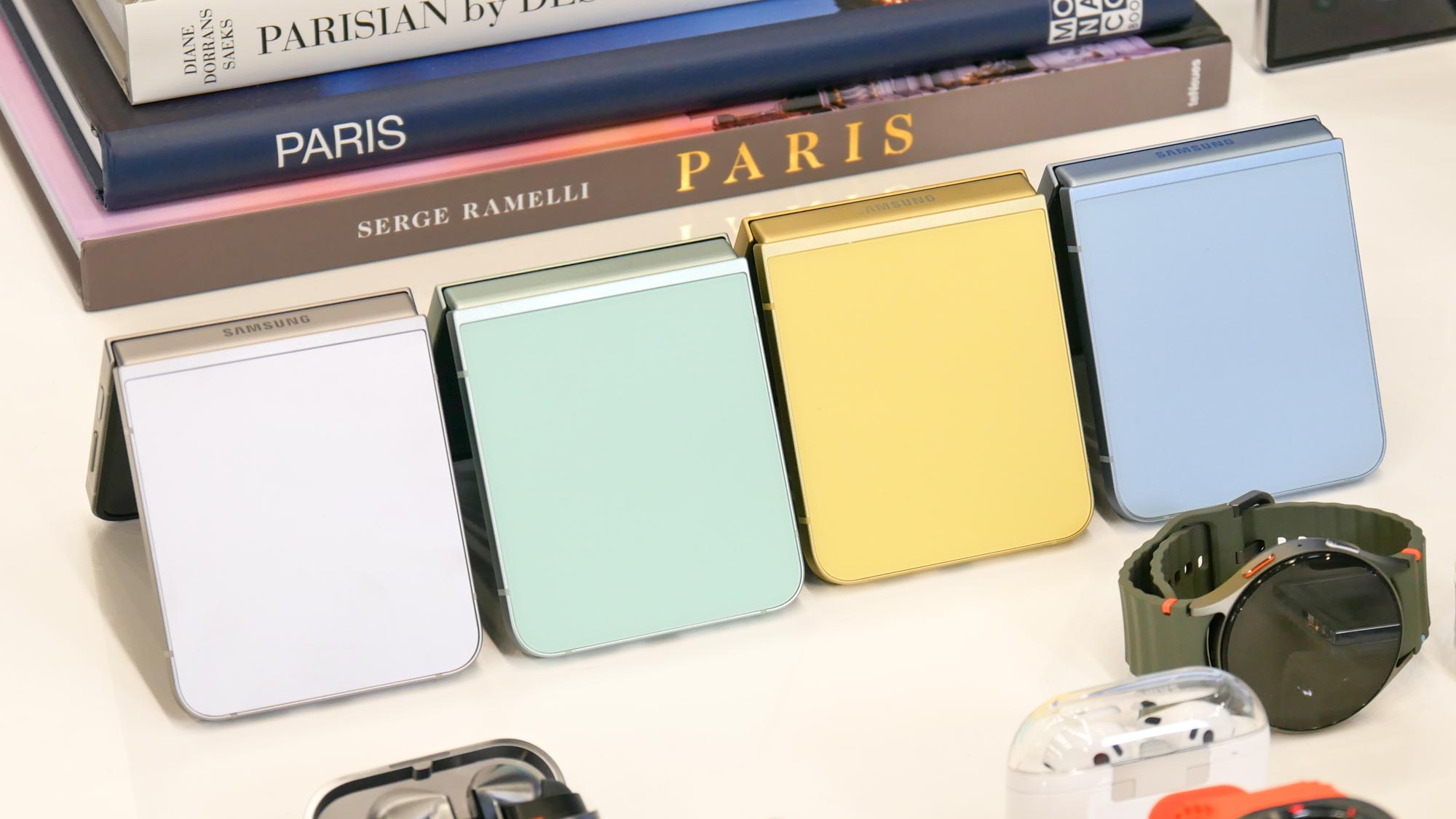
I know price hikes seem inevitable for every gadget, but it does make it harder to convince people used to shelling out $999 that they should pay $1,099 for the Galaxy Z Flip 6 instead. This base model comes with a generous 256GB of storage and 12GB of RAM. If you demand more, there’s also the 512GB option — which raises the cost to a whopping $1,219.
This inherently is a disadvantage for the Flip 6, especially when its closest competition is the $999 Motorola Razr Plus 2024. You also need to remember that the Galaxy Z Flip 6 is competing with other traditional flagship slates in the $999 range, like the iPhone 15 Pro and Pixel 8 Pro.
Preorders for the Galaxy Z Flip 6 are available right now, with the phone going on sale at Amazon, Best Buy, Samsung.com, and other wireless carriers on July 24. There are a total of four color options to choose from: silver shadow, yellow, blue, and mint. Samsung.com also features a trio of exclusive colors — crafted black, white, and peach.
Samsung Galaxy Z Flip 6 review: Design
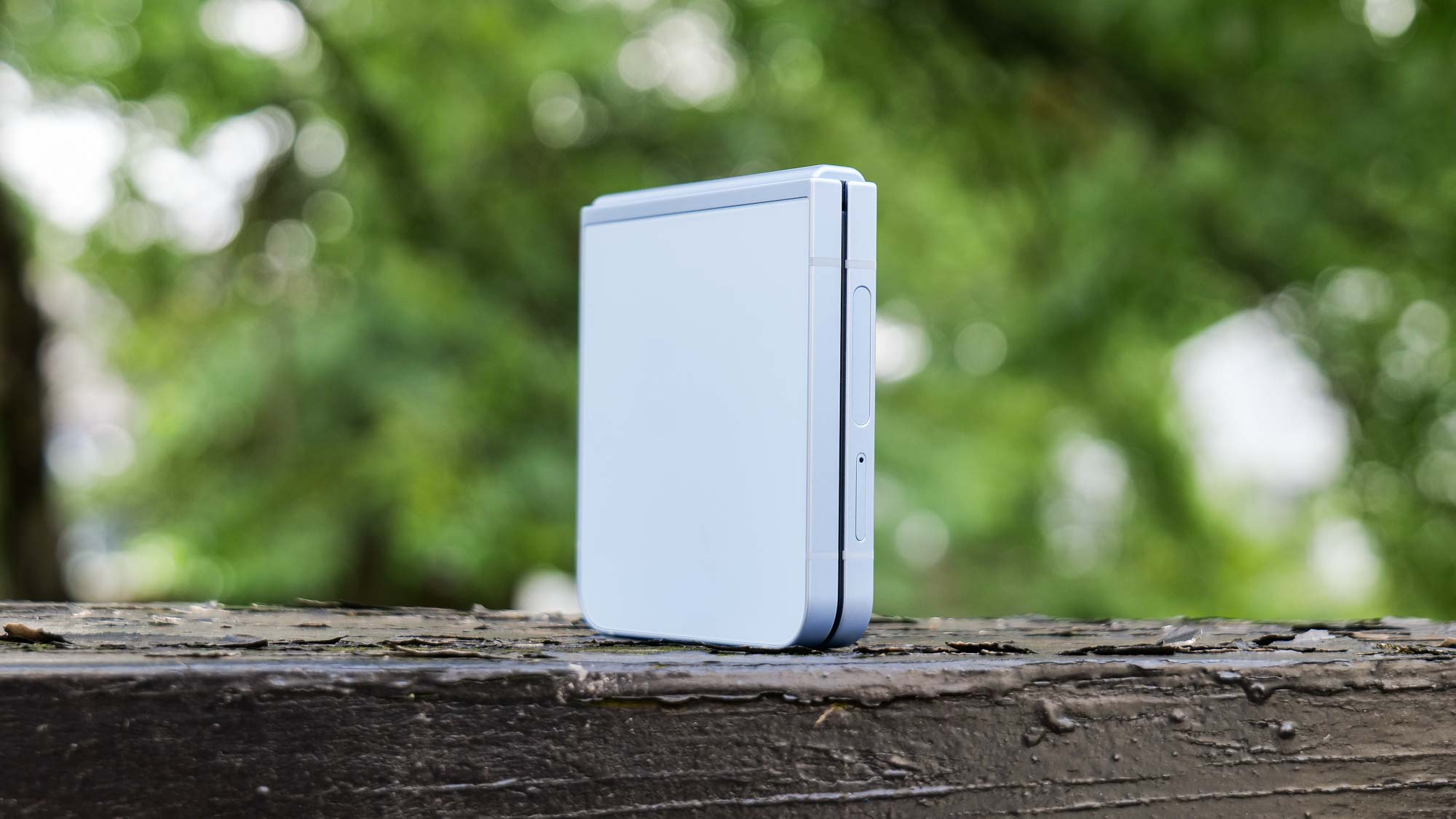
At first glance, it doesn’t look like much has changed with the design of the Galaxy Z Flip 6, which sports a familiar trim and aesthetic as last year’s Galaxy Z Flip 5. The phone remains incredibly compact when closed, and its Armor aluminum frame gives the Flip a solid feel in the hand.
However, the Galaxy Z Flip 6 is not as ergonomic as I’d like because of its flatter edges. The only visible difference with the design this time around is how the outlines of the camera lenses are accented by the same paint job as the phone, giving the phone a much more pleasing contrast.
Speaking of trims, I really like the pastel-like colors Samsung's using for the Galaxy Z Flip 6 — like my blue colored review unit. It’s better made, too, with a matte finish that prevents smudges and fingerprints from dirtying up the Z Flip 6.
The size and design of the FlexWindow also looks identical to late year, complete with the same fin cutout on the bottom right where the cover display meets the cameras. While this keeps a design identity for the Galaxy Z Flip 6, I was hoping that Samsung would follow Motorola’s lead by increasing the display size even more.
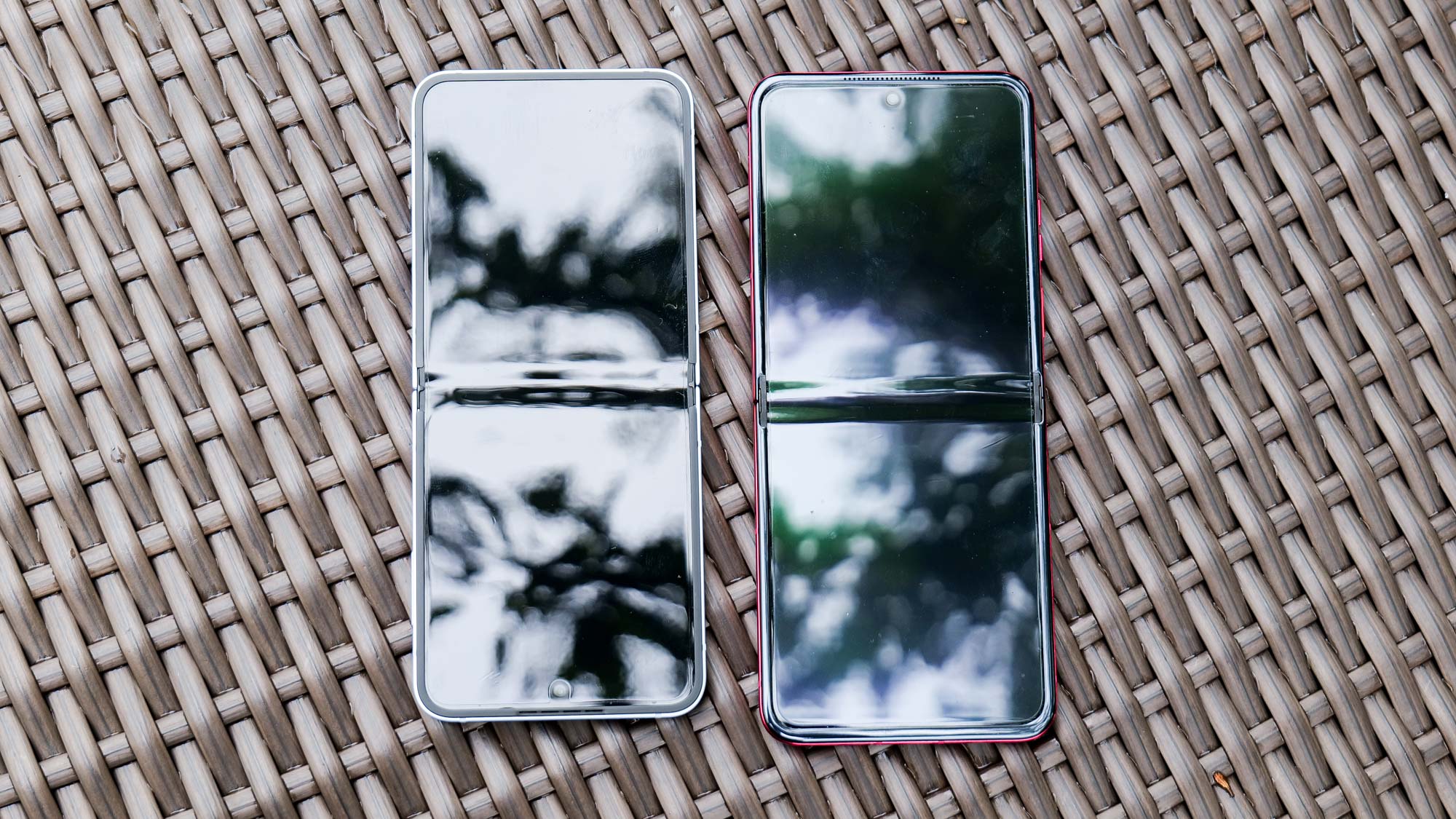
Samsung did increase the Flip 6’s durability with a new dual rail hinge design, giving the phone a more responsive feel whenever I close it. More importantly, however, the crease in the middle of the phone is much more subdued. In fact, I’d argue it’s less noticeable than the Razr Plus 2024’s crease.
My only gripe about the Galaxy Z Flip 6 design is that it’s notoriously hard to open because of its flat edges and the tight seam between the two sides. I wish there was a lip of some kind around the edge because even getting my fingernails in between the two halves to properly open, so unfolding the phone one-handed is harder.
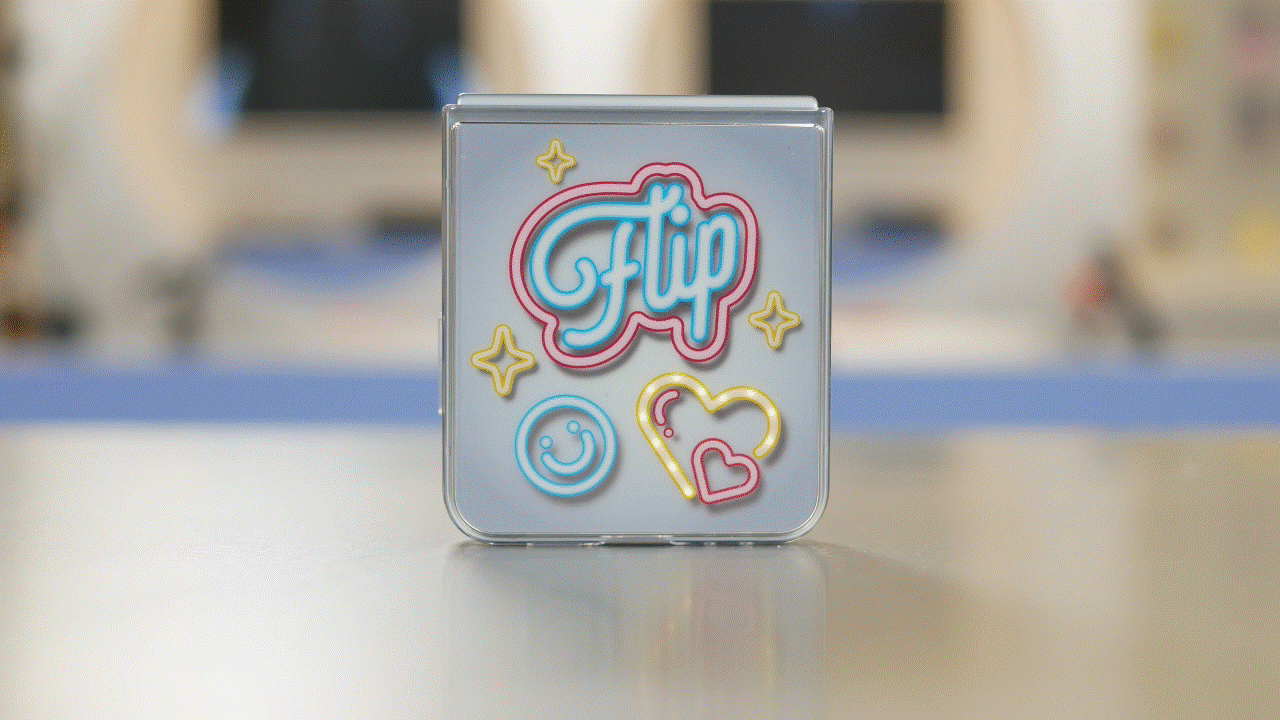
On another note, I’m delighted by the dose of personalization that’s added to the Flip 6 when it’s paired with the new FlipSuit cases that combine interactive lock screens to the FlexWindow. There are even a couple of new ones I checked out with built-in LEDs that light up the back of the phone, which takes power via the phone’s wireless charging. These add-ons go a long way to make people take notice of the phone.
Samsung Galaxy Z Flip 6 review: Display
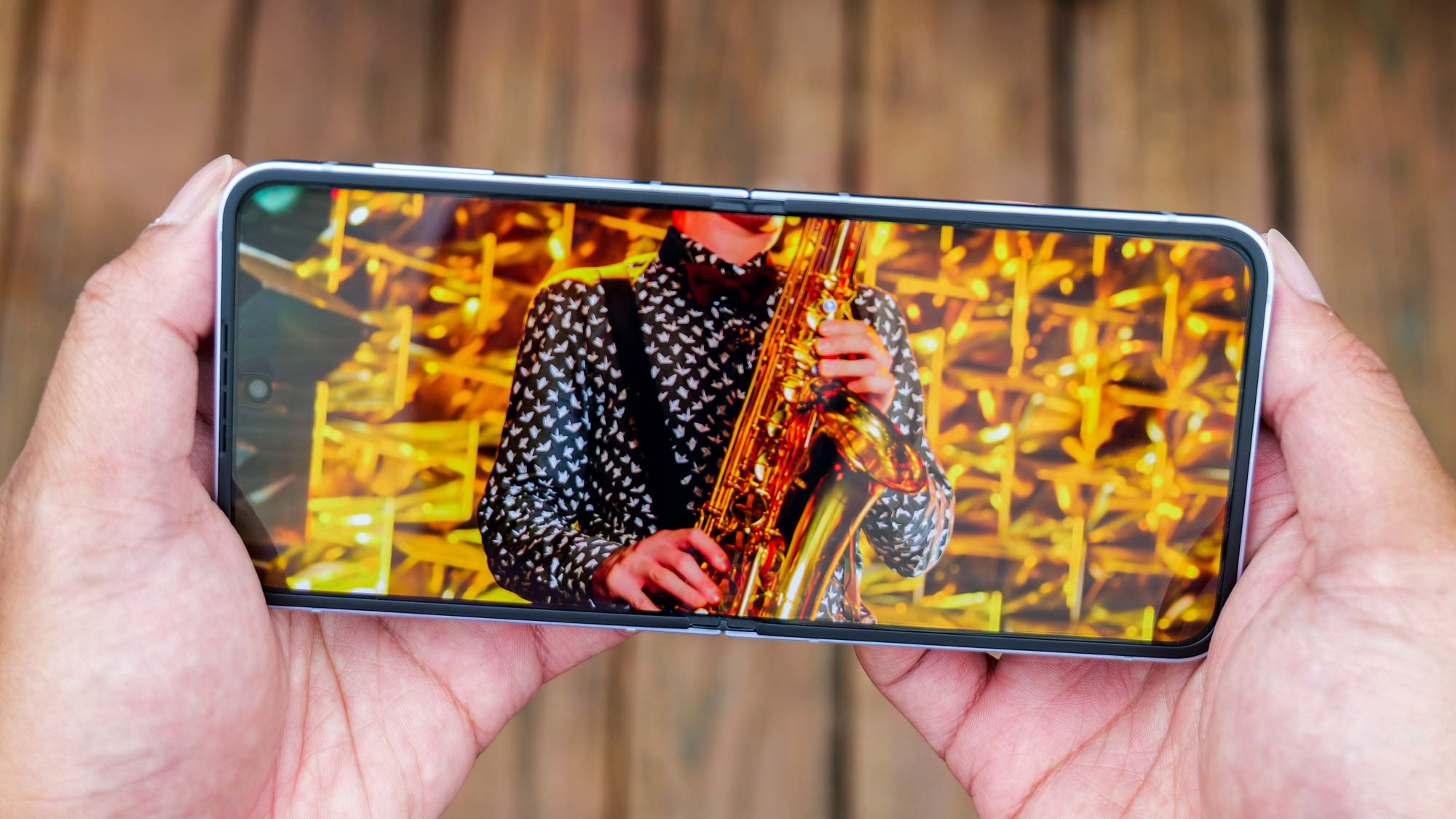
If you look solely at the specs, you’ll find that there’s nothing immediately different about the displays on the Galaxy Z Flip 6 — that goes for both its inner and outer display. The latter’s a 6.7-inch FHD+ Super AMOLED with a dynamic refresh rate up to 120Hz, while the outer screen (referred to as the FlexWindow now) is a 3.4-inch AMOLED touchscreen with a 60Hz refresh rate. While I’m not opposed to these specs, I still wish that Samsung increased the size of its outer display at the very least — more so after Motorola added a larger screen to the exterior of the Razr Plus 2024.
What I’m more concerned about is how these displays perform. Samsung’s claim of 2,600 nits for the inner display is bold, but our benchmark testing reveals a peak brightness of 1,942 nits. I’m actually impressed by the result because it surpasses the Galaxy Z Flip 5's 1,504-nit reading, which means the Z Flip 6 is much easier to see outdoors on sunny days.
However, the Z Flip 6 doesn’t get as bright as the Motorola Razr Plus 2024’s peak output of 2,158 nits. Holding the two side-by-side to one another and playing the same video, my eyes can easily tell that the Razr's screen is brighter than the Flip's. That's also true of the phones' outer displays, as Motorola’s larger, more detailed panel is a notch brighter in plain view of the sun.
Despite this, I do prefer how the Galaxy Z Flip 6’s Super AMOLED display casts the better contrast and punchier colors — perfect for watching videos or the occasional gaming session.
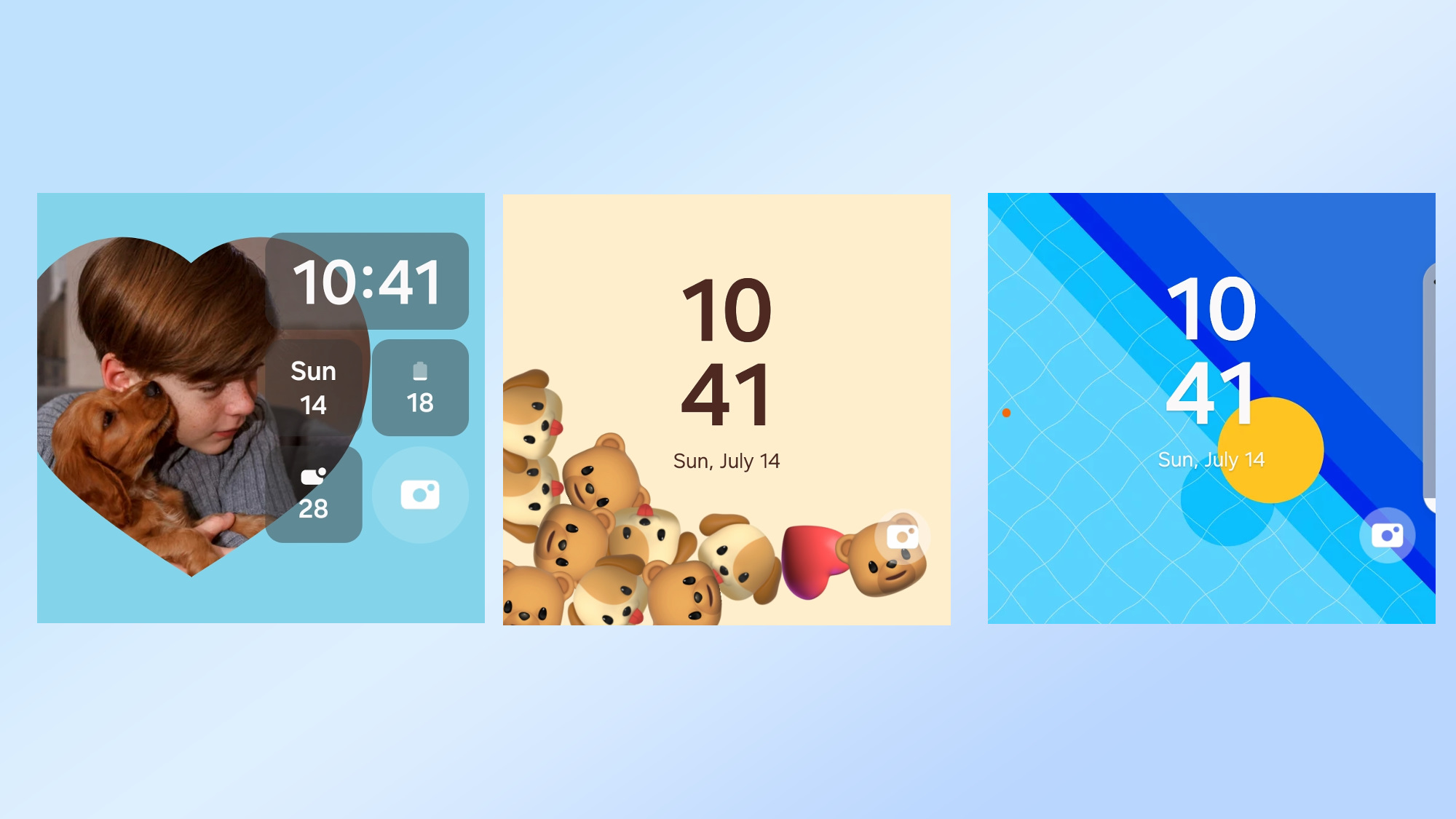
The 3.4-inch FlexWindow on the Galaxy Z Flip 6 becomes more customizable than before. Not only can you swipe through the various widgets on this display, but there's now the option to combine multiple widgets into one home screen layout, making it much more convenient to see important things without opening the phone.
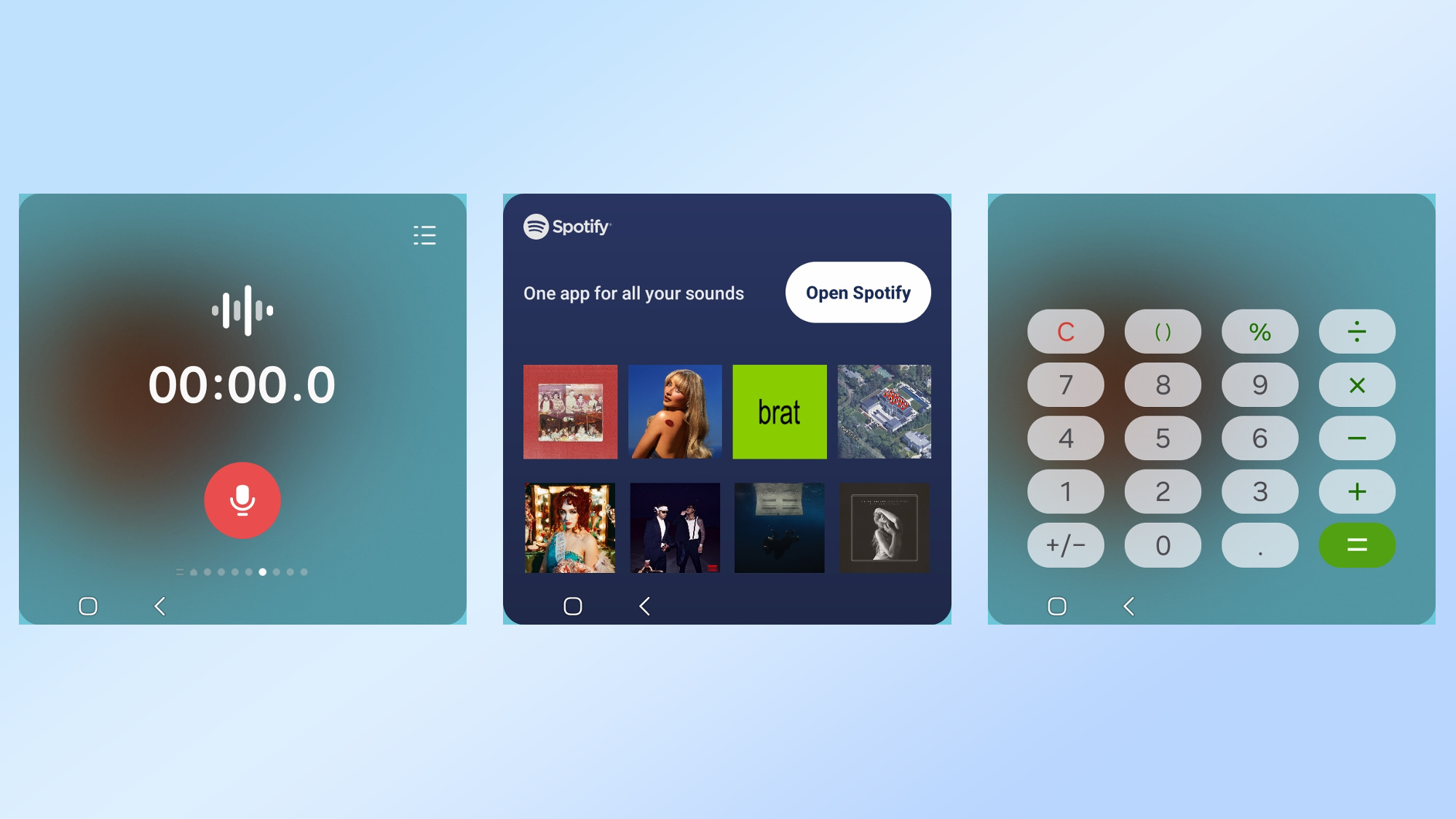
I also love the new interactive lock screens that respond to touch and movement, like one with a donut that moves around the lock screen whenever you tilt or rotate the Galaxy Z Flip 6.
While all of these new personalization options with the FlexWindow are great, accessing full apps still requires a workaround that involves downloading the Good Lock app.
Although it requires a few steps to set up, I’m still confused why Samsung neglects to make this a native feature because it gives the FlexWindow more utility. For example, it’s perfect for when I just want to scroll my social media apps to watch endless video reels while I’m sitting on the train headed for my next stop.
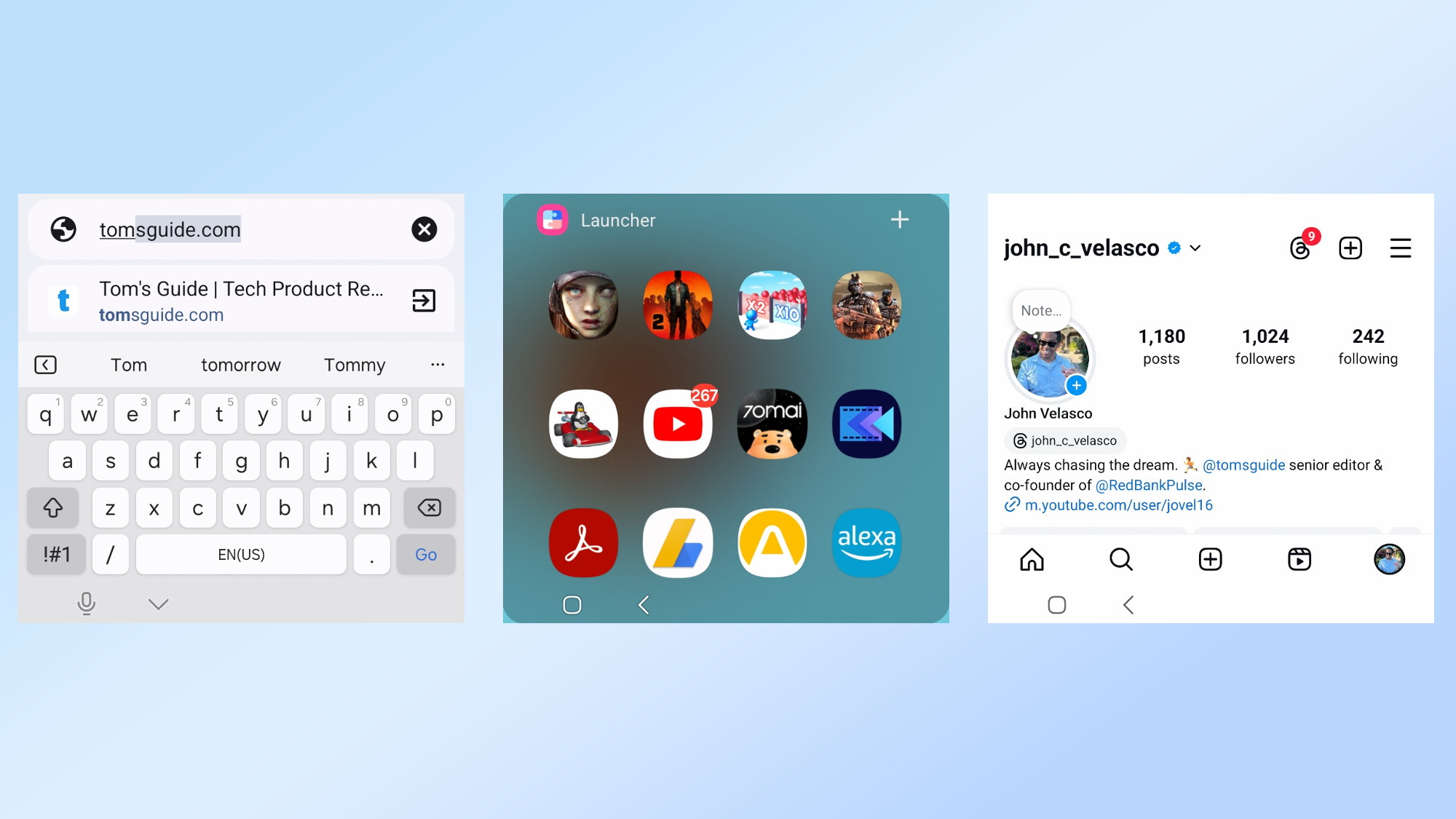
Samsung Galaxy Z Flip 6 review: Cameras
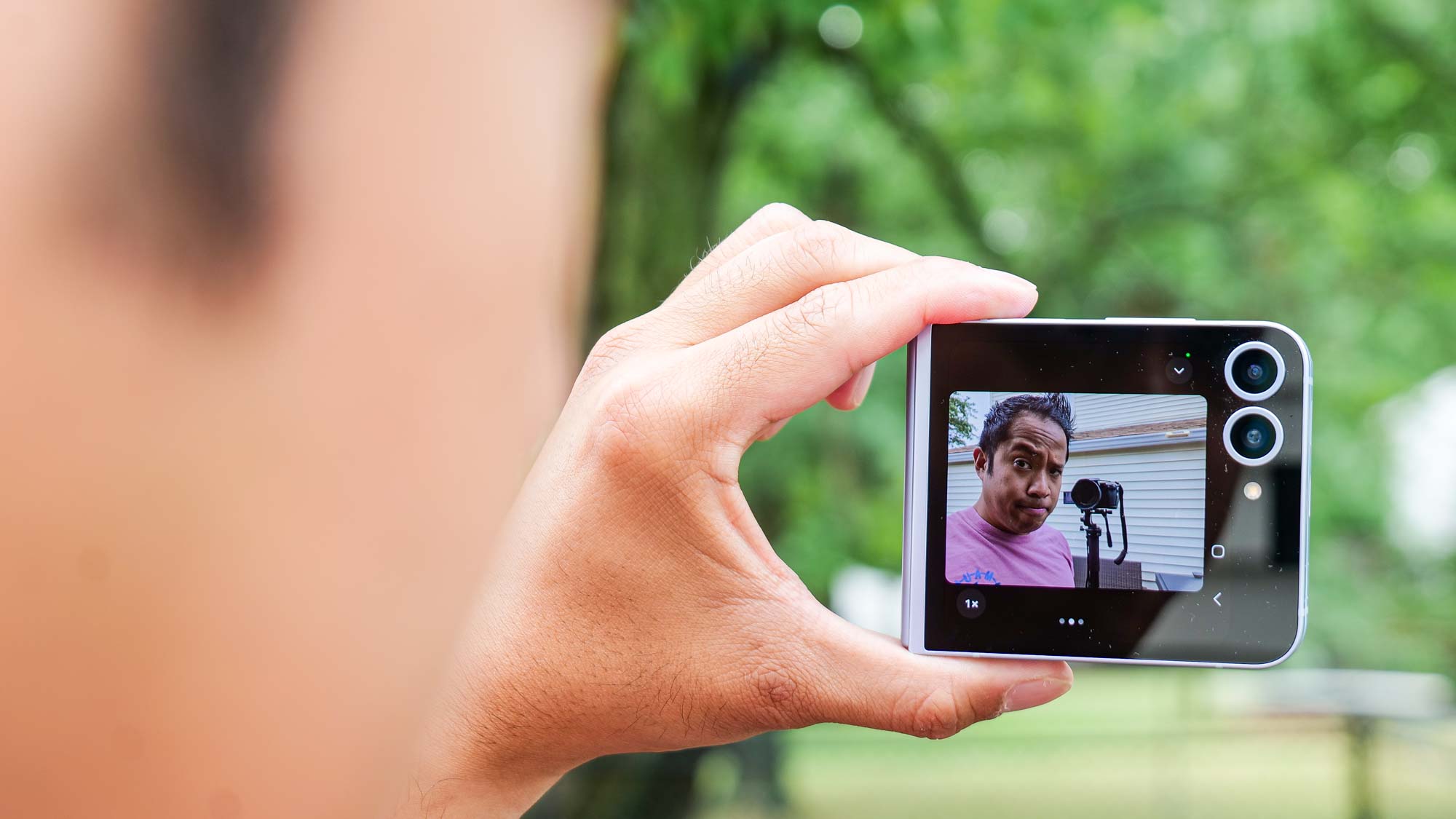
I’m very excited for the cameras in the Galaxy Z Flip 6. That’s because the phone now features an upgraded 50MP main camera paired with a 12MP ultrawide lens. The former is a huge step up from the Z Flip 5’s 12MP camera, but it’s made better because of how the Galaxy Z Flip 6 leverages pixel binning to offer a reasonable 2x zoom with optical-like quality. This is the smarter way of approaching the cameras, seeing that it effectively offers the range in most triple camera setups, but with a more compact dual camera arrangement instead.
There’s also a new camcorder mode, just like on the Razr Plus 2024, that gives a nostalgic feel when the phone’s folded in the halfway position — complete with zoom controls at your fingertips. Another new feature is the intelligent way the Galaxy Z Flip 6 can frame my shots with AI zoom. No matter who I’m shooting, whether it's just myself or a group of people, the AI zoom will automatically frame the shot correctly.
Similar to Samsung's Galaxy S flagships, the Galaxy Z Flip 6 benefits from a rich camera app that’s filled with all the modes you’d want in a phone and a few extras — like hyperlapse, dual recording, and portrait video. There’s even a pro video mode with full manual controls, which few camera apps offer. I also love how the FlewWindow can be turned on to act as a preview screen, making it perfect for vlogging and self recordings. As a videographer, these features are a tremendous help.
The Galaxy Z Flip 6 is undoubtedly a phone for creators with its rich set of features and tools, but ultimately its camera performance will show me if it’s worthy of being a best camera phone contender.

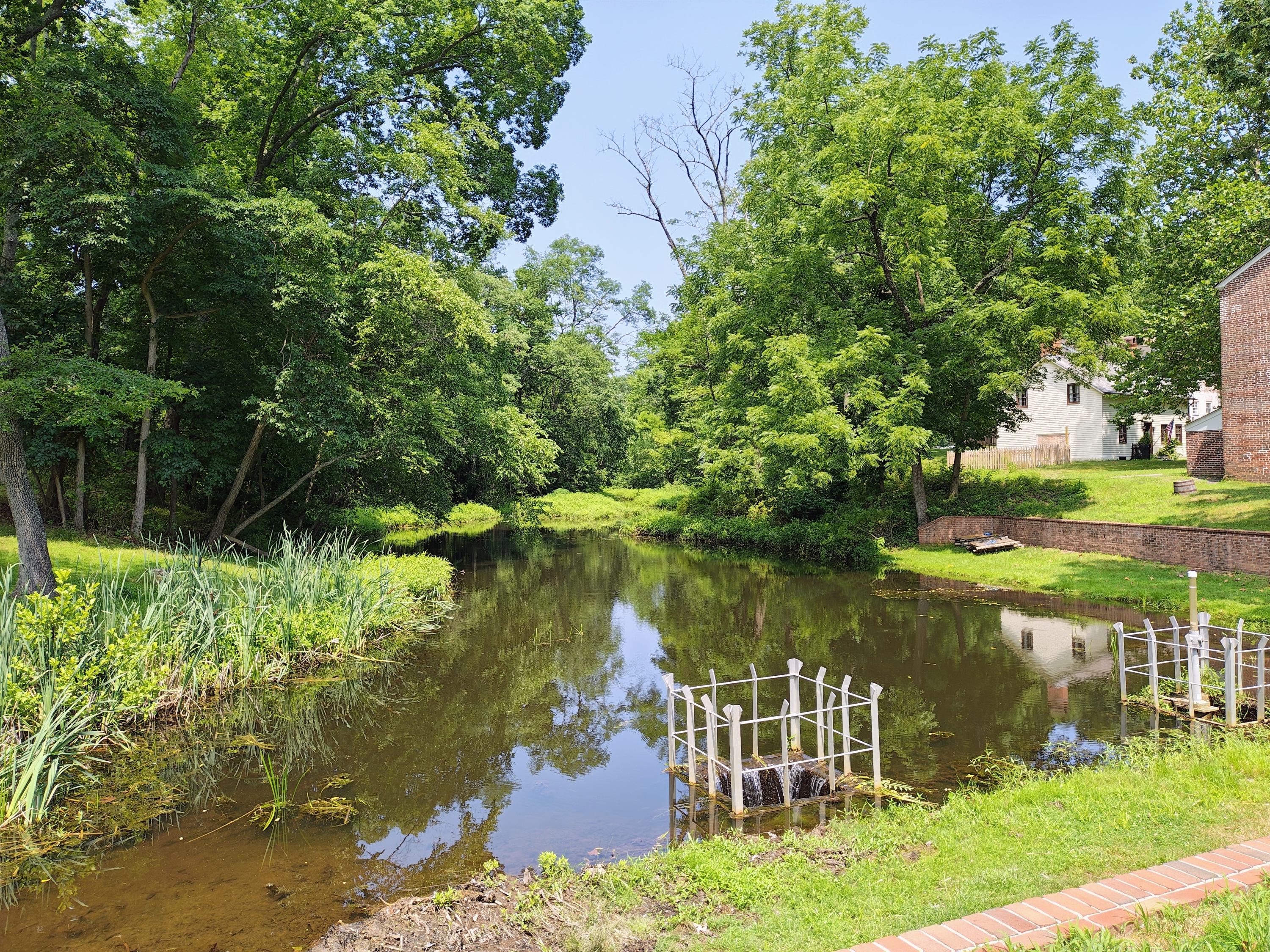


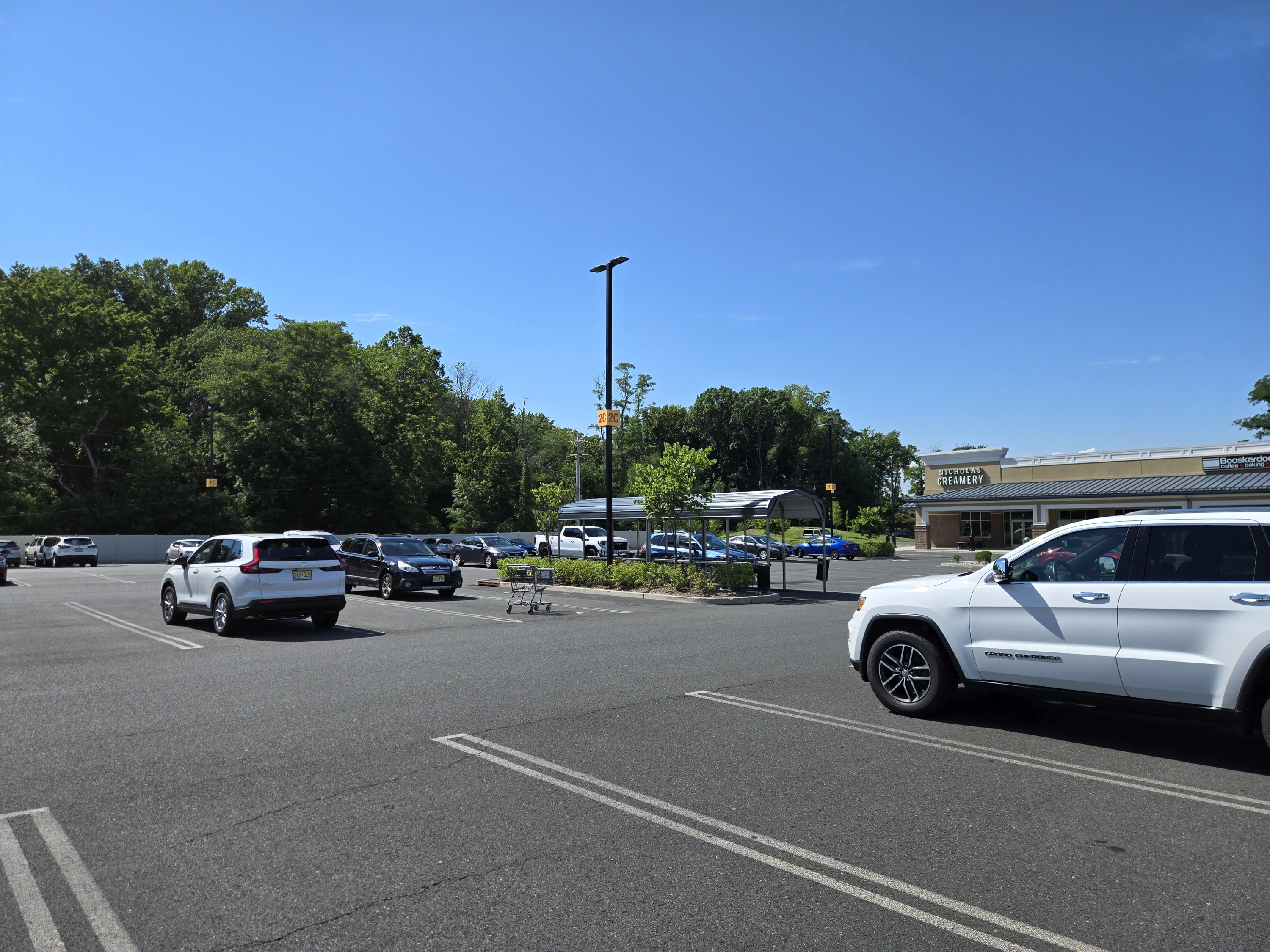
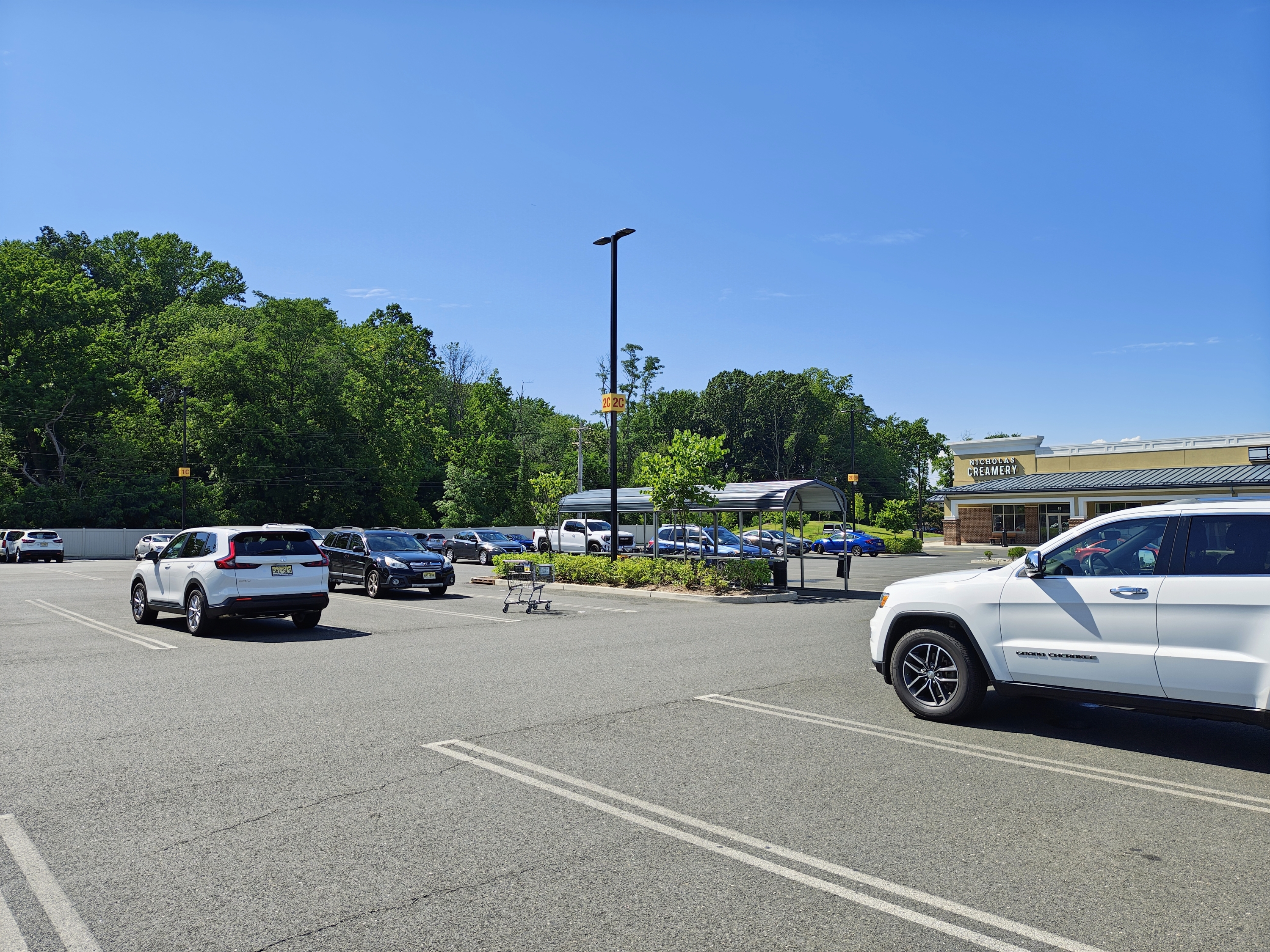


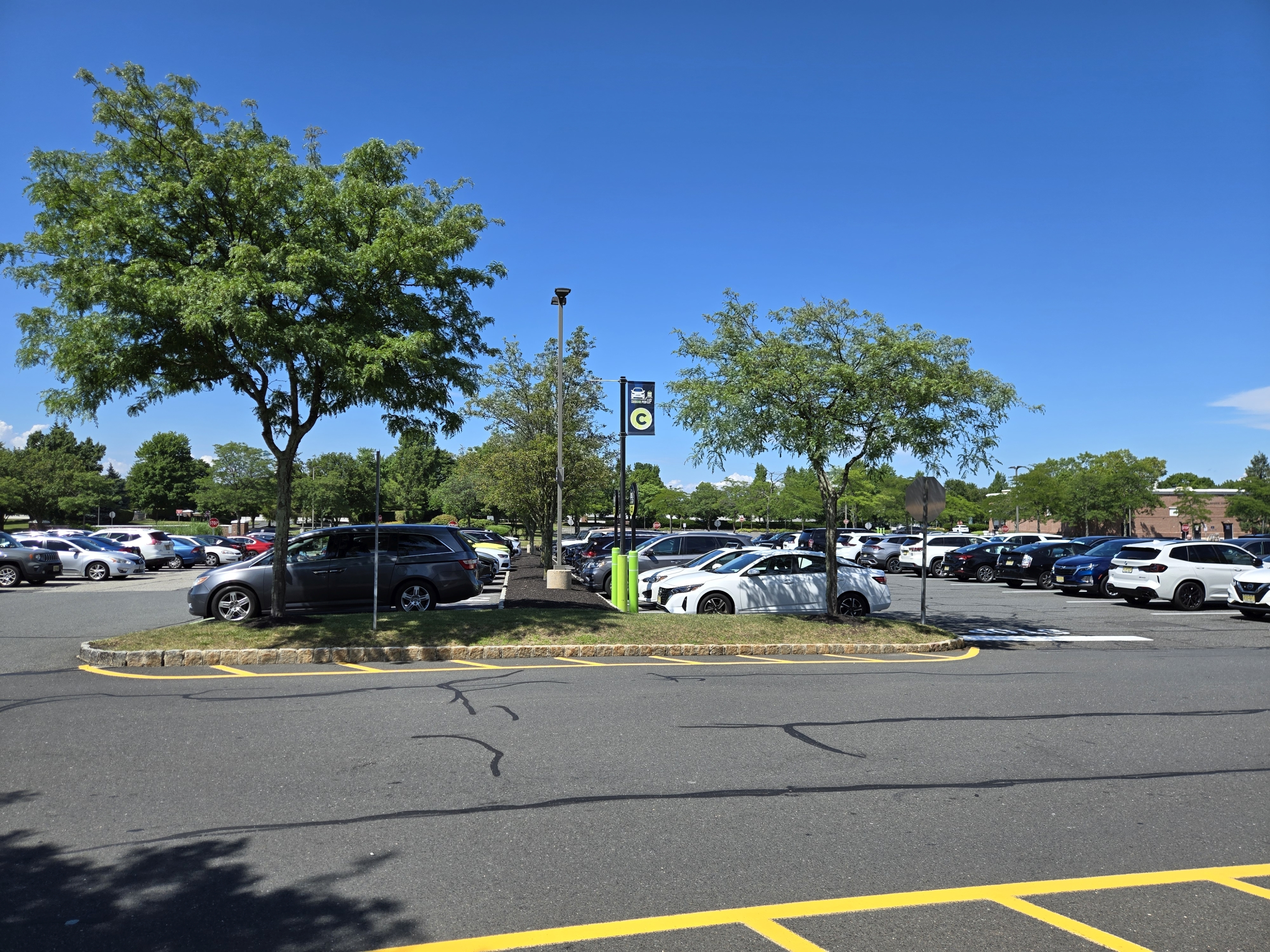
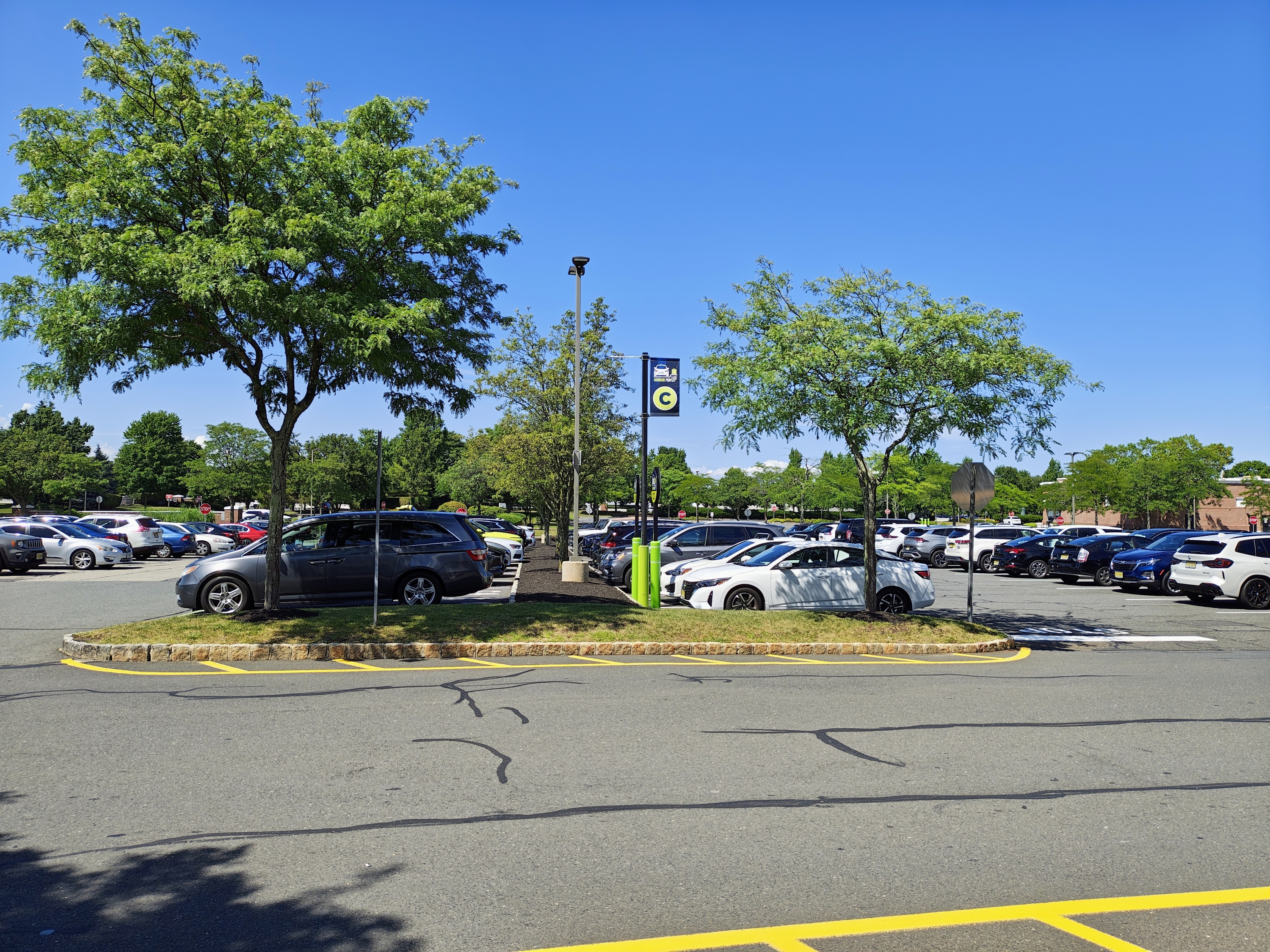


Starting off with the main camera, there are no surprises here: the Galaxy Z Flip 6 handles a wide variety of scenes. I’m not surprised by the above average results, given how Samsung’s phones historically perform with their cameras.
There’s a fine balance to all the photos above, including the first one of the scenic pond. Against the Razr Plus 2024, the Flip 6 doesn’t overexpose the highlights as much — resulting in a more even exposure.


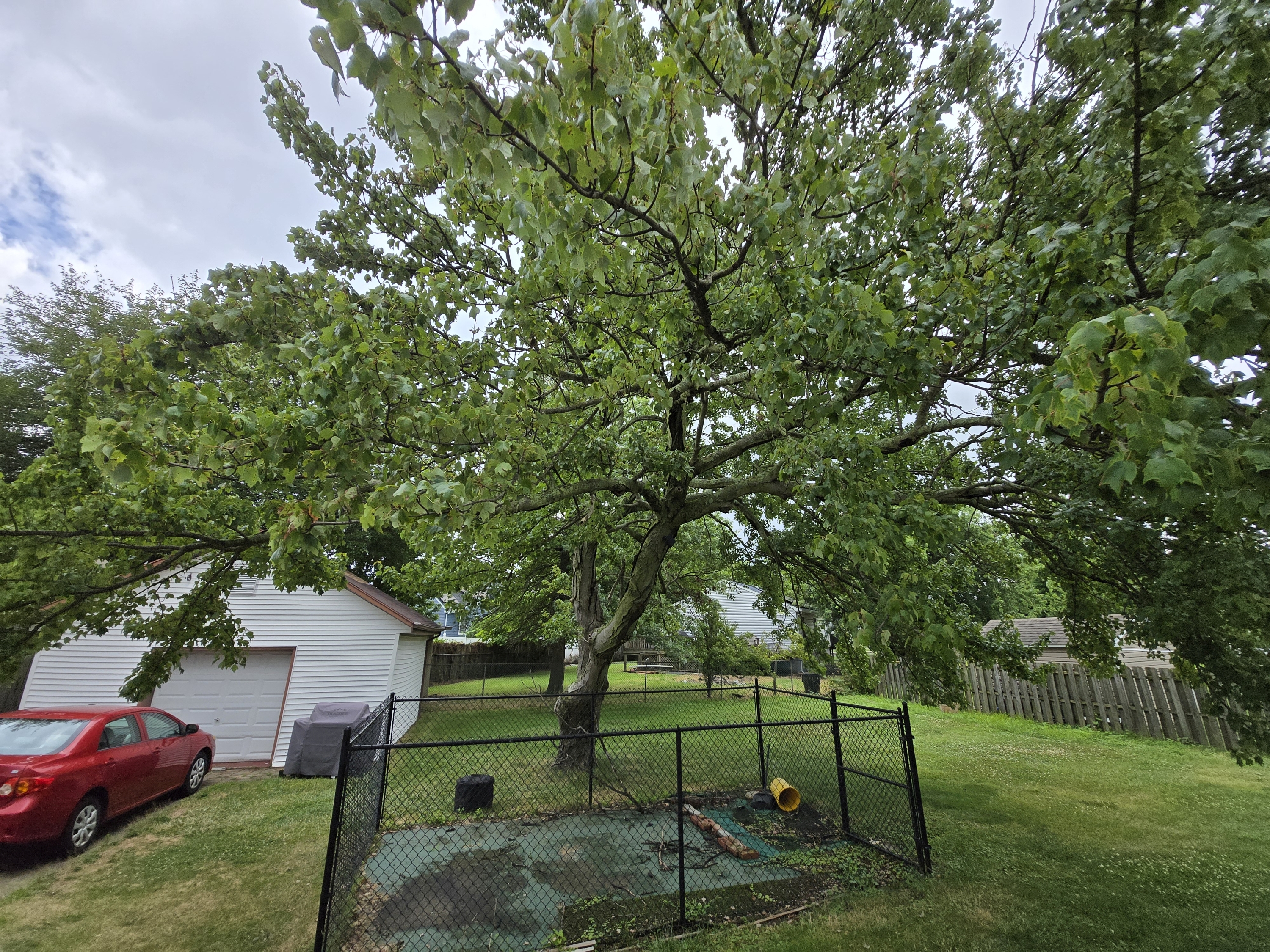
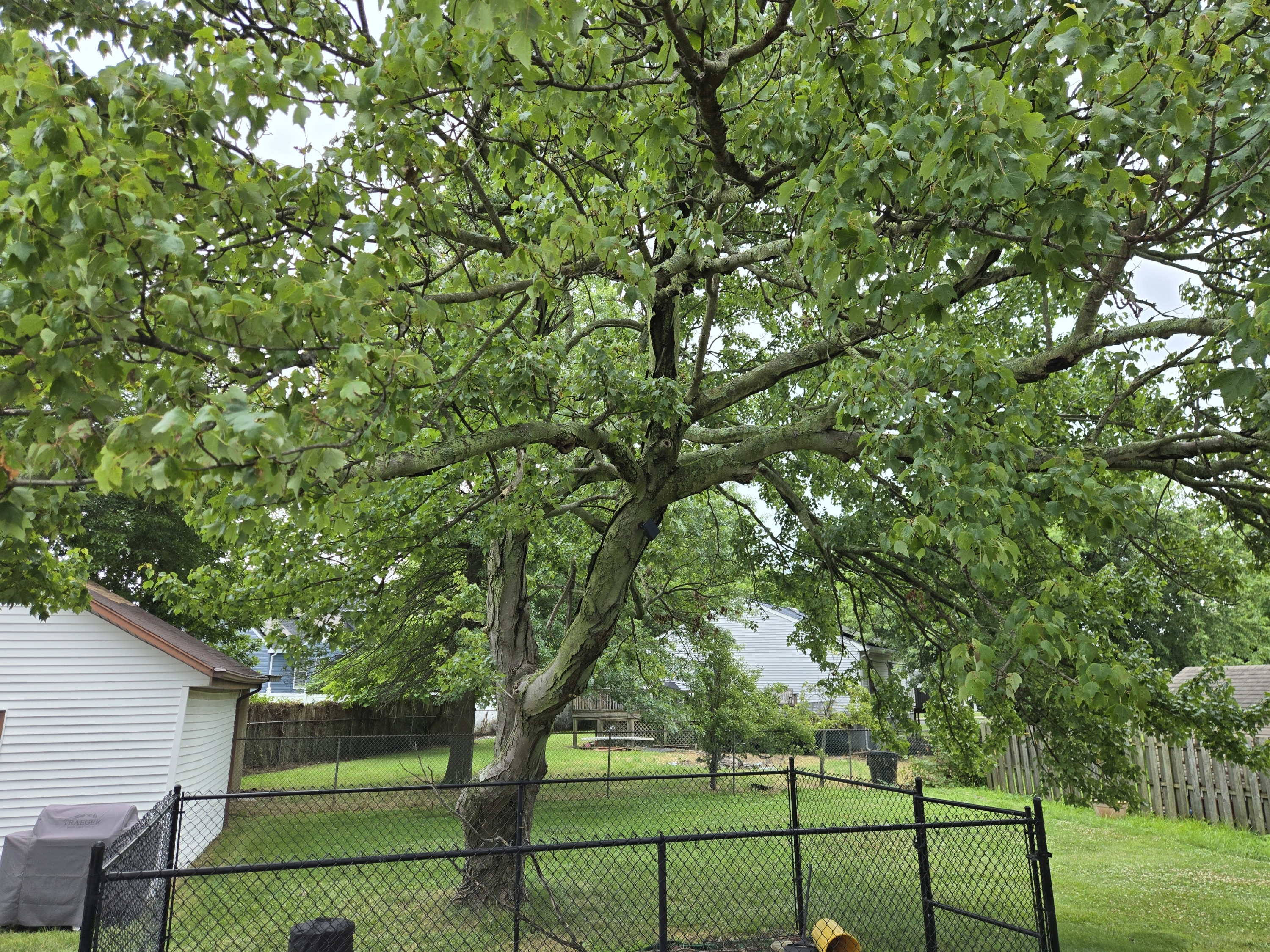
I’m all for the ultrawide camera continuing to be a part of the Z Flip's setup, since I love using it to capture more of the scene. The photos between the main and ultrawide above drive this point even more by showing the Z Flip 6's wider field of view, which is also valuable when you’re cramming in a ton of people into a group shot.










If you insist on using it, the 12MP front-facing camera isn’t too shabby. I actually find its performance better than the selfie camera on the Razr Plus, mainly for how its dynamic range performance better casts an even exposure throughout the shot. It also manages to capture my skin tone accurately.




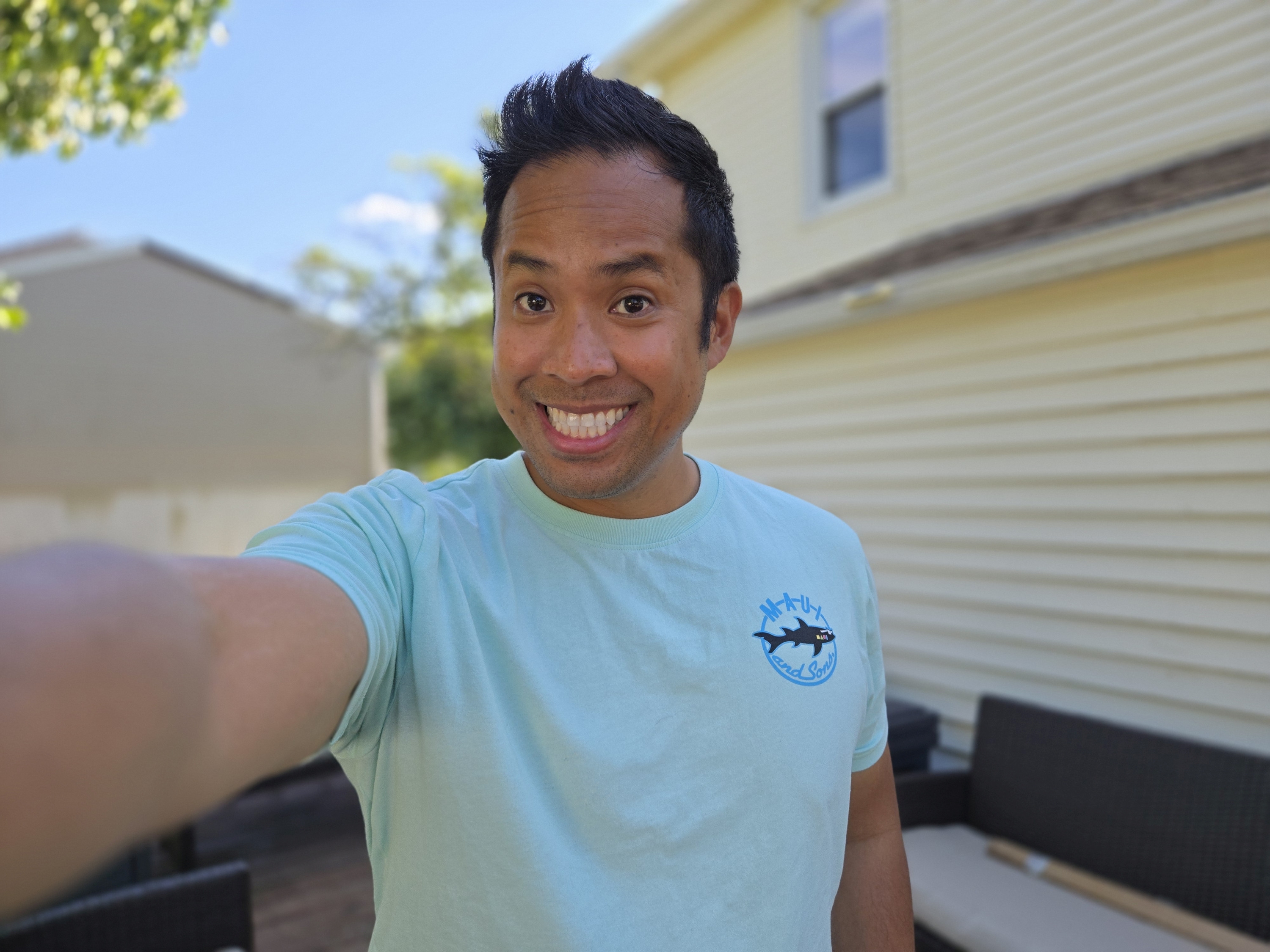
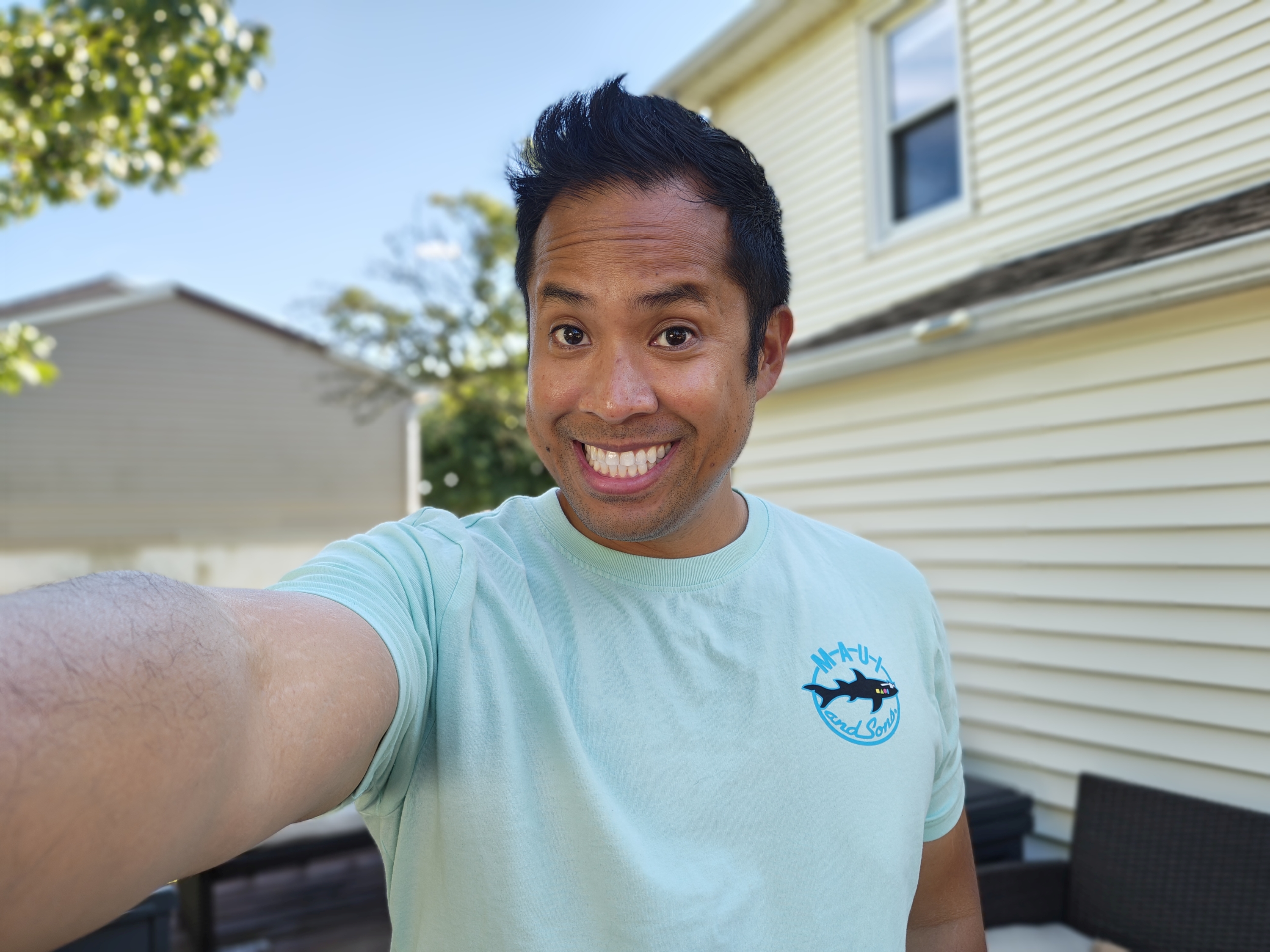


Samsung frequently adds more saturation to portrait photos. As a result, the Galaxy Z Flip 6 makes me look too tanned, especially when compared to the better exposed shot from the Razr Plus 2024. And while the Flip 6 catches good details around my face, the added sharpness with the Razr Plus’ shot makes it look better.
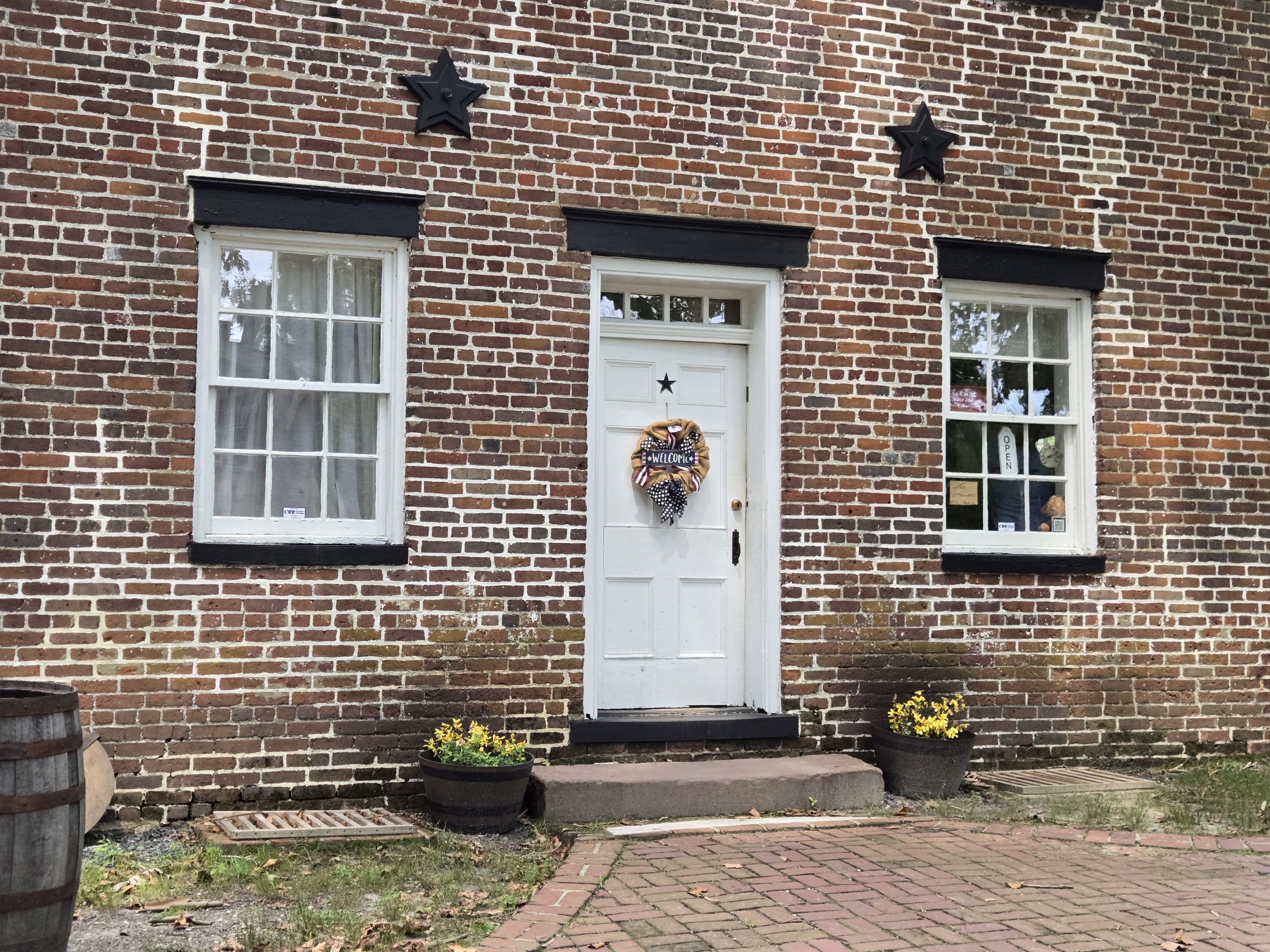
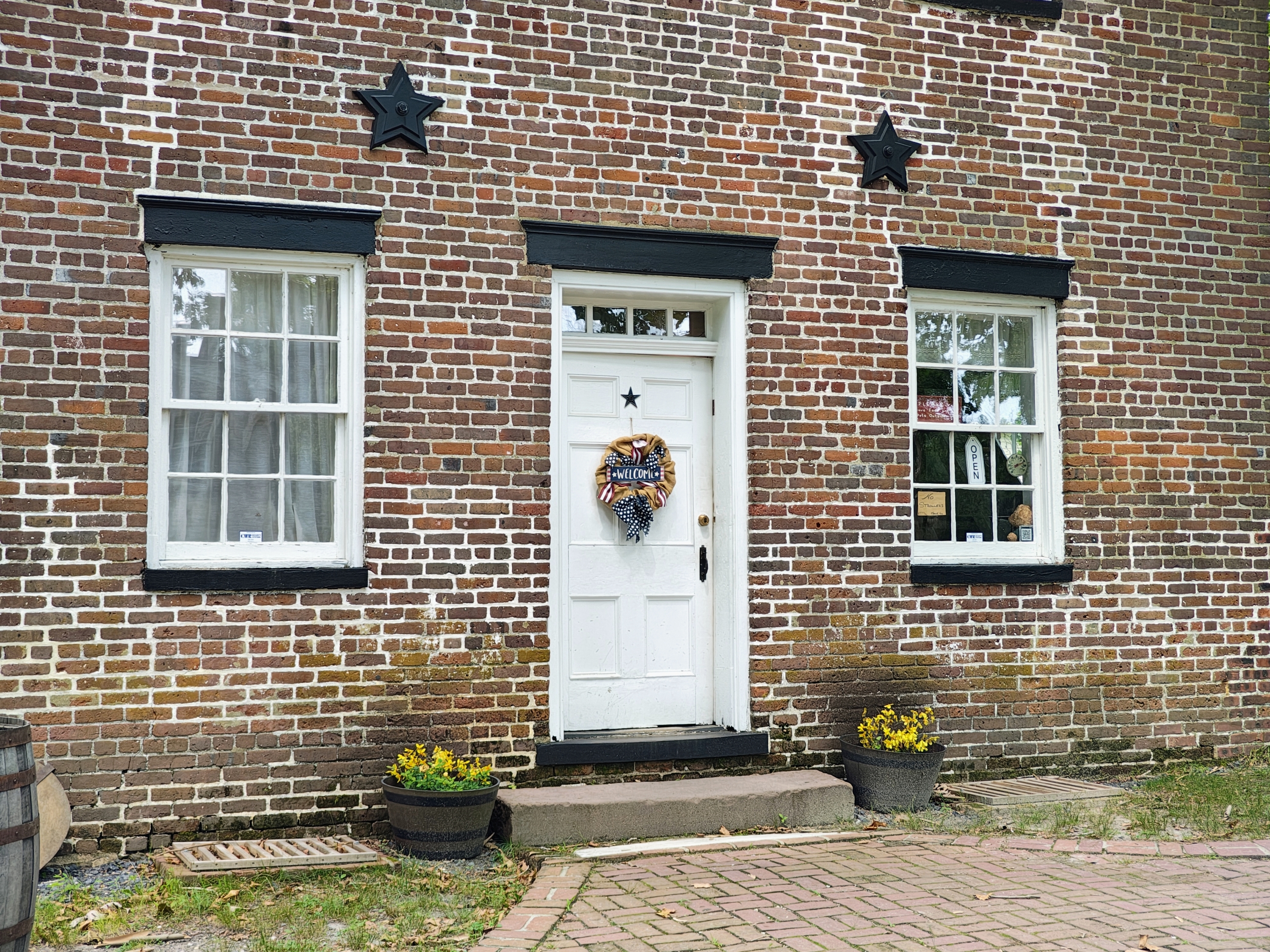
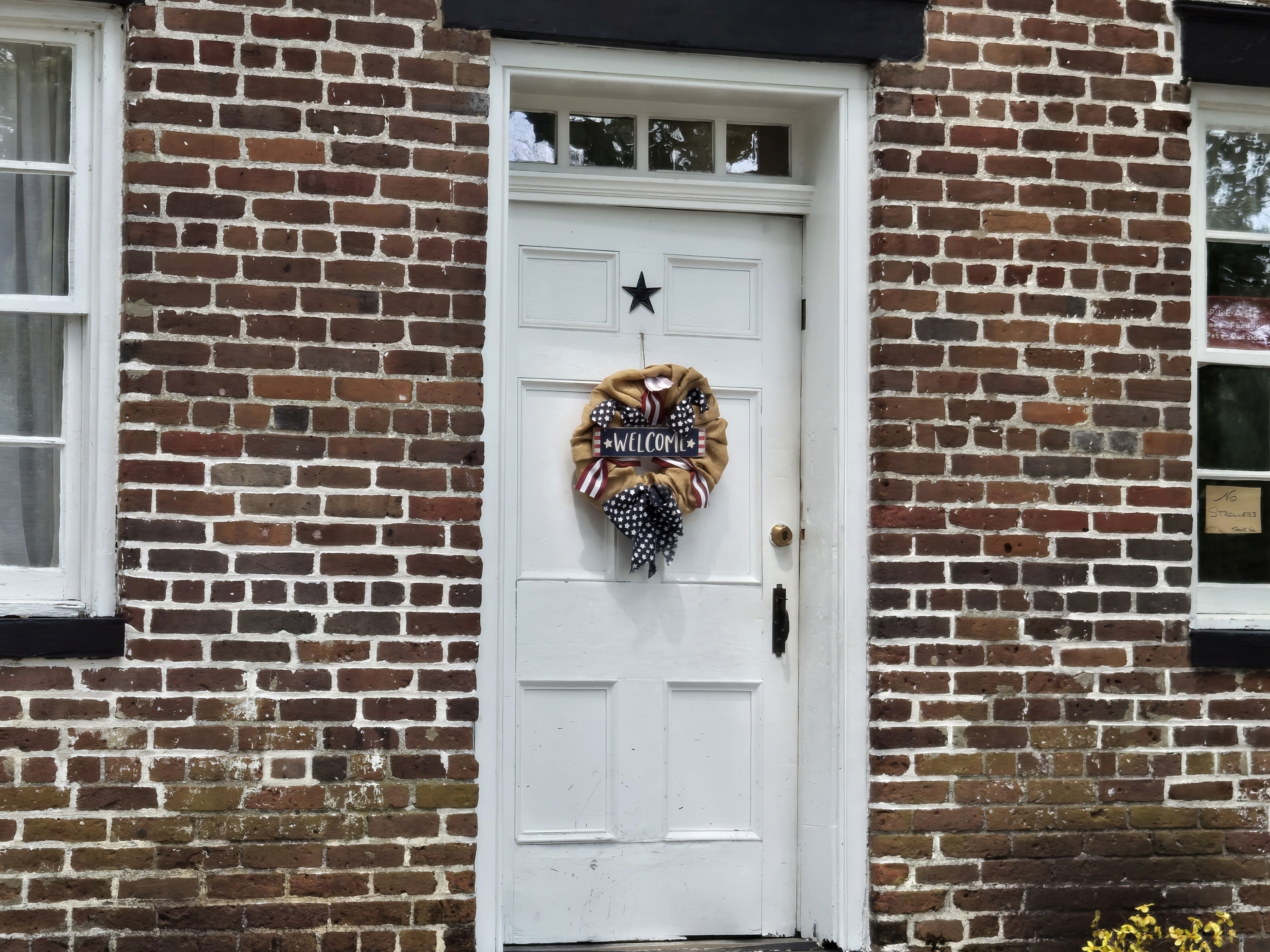
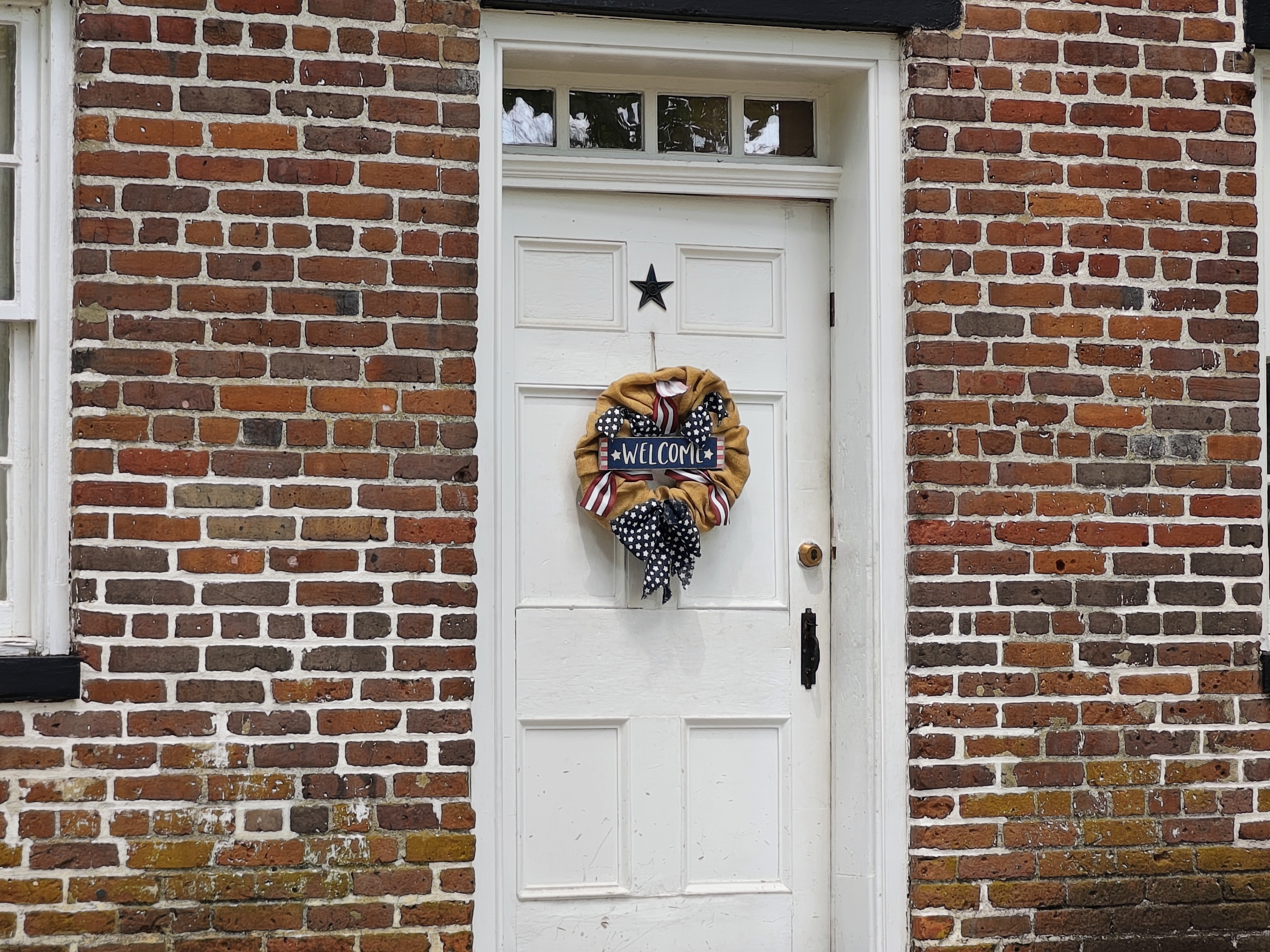


I’m really impressed by the zooming on the Flip 6, especially when it’s a glorified digital zoom. While the Razr Plus 2024’s dedicated telephoto has 2x optical zoom, the Flip 6 can clearly deliver almost as good detail. It might not get all the fine details like the Razr Plus’ shot above which highlighted the textures of all the brick and the scratches on the white front door, but the Flip 6’s shot is still usable.






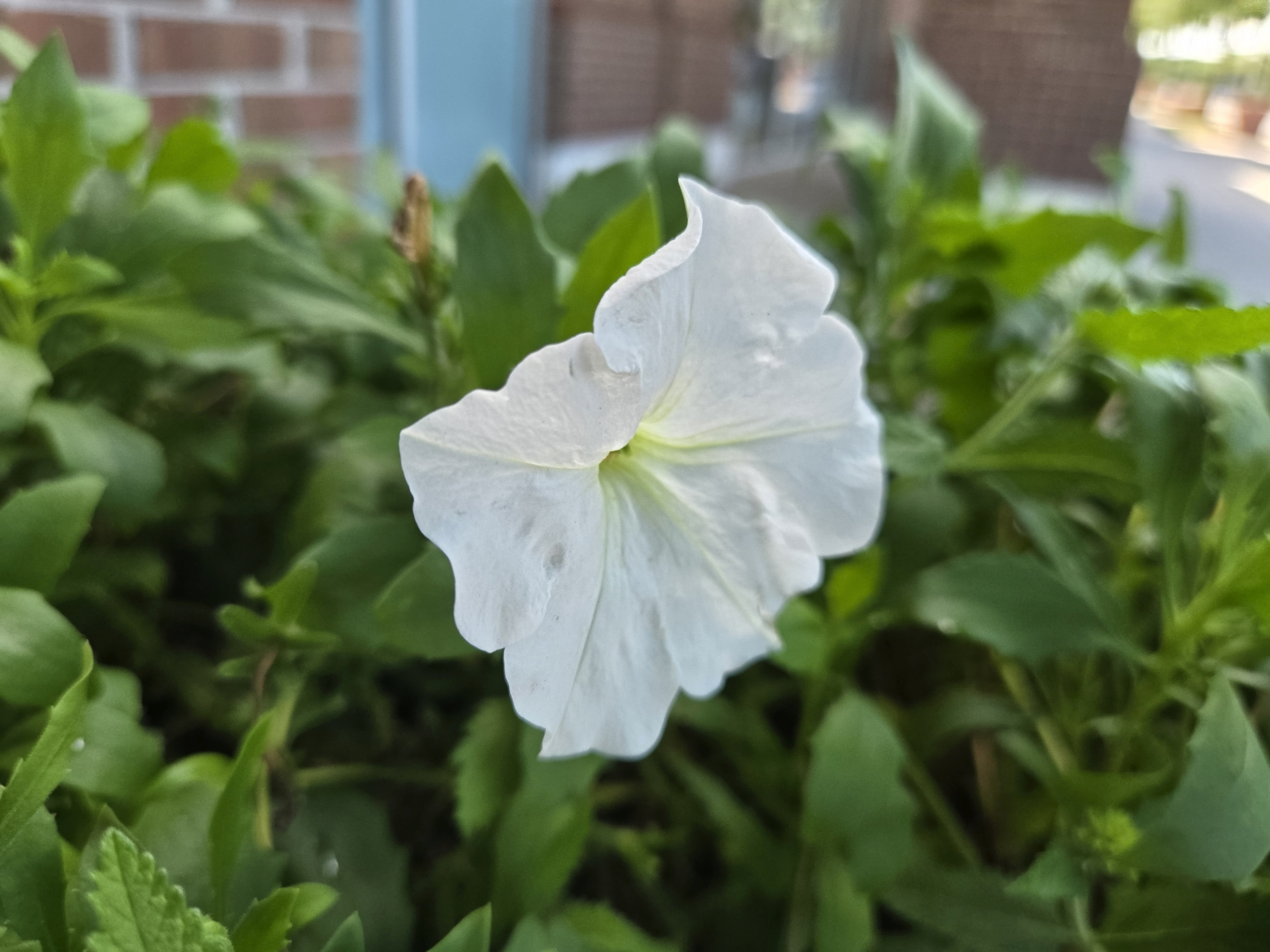
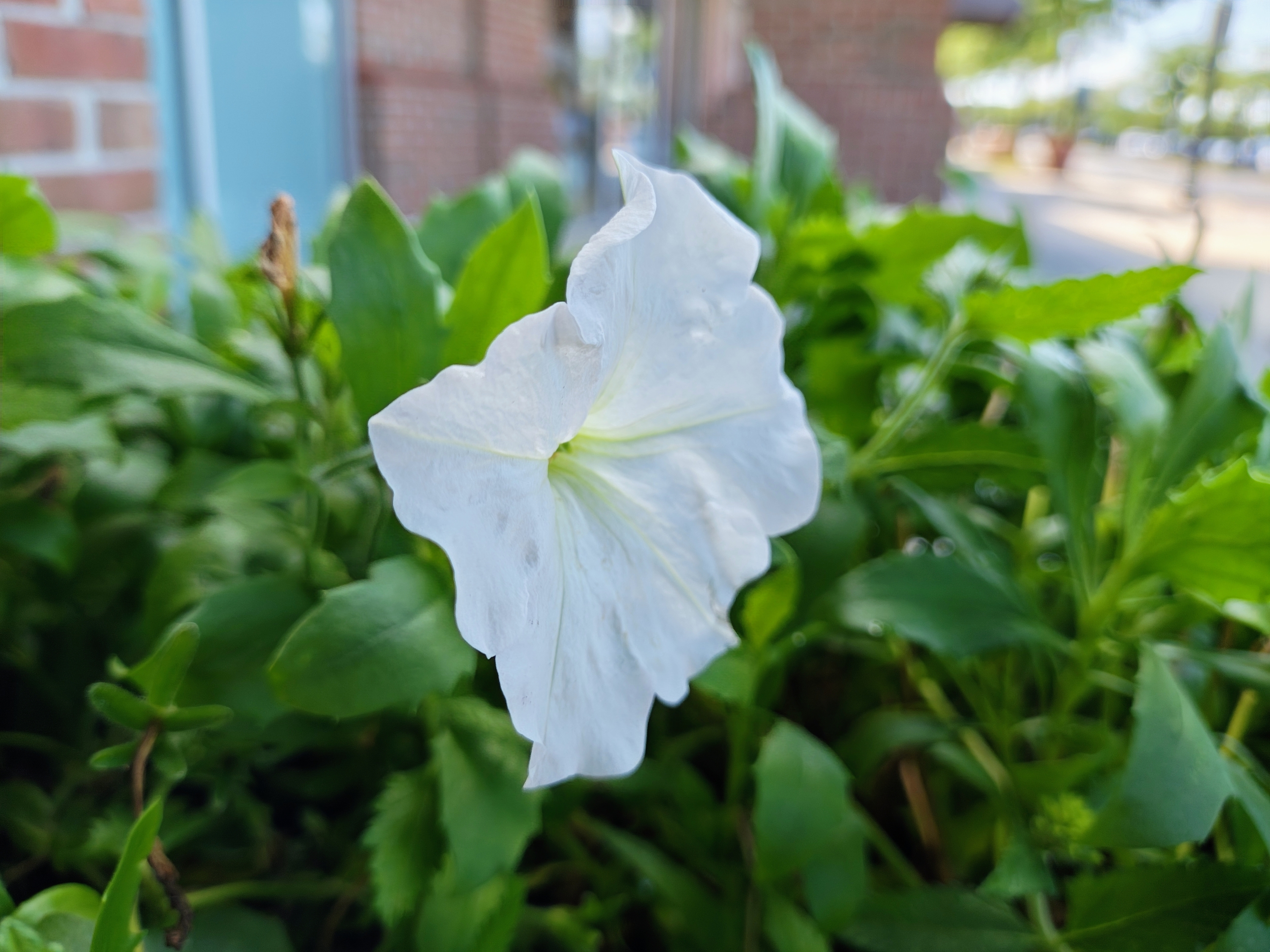


Strangely enough, the Flip 6 doesn’t have a dedicated macro mode despite featuring an ultrawide camera. Even without one, it reveals incredible detail in the first batch of closeups with the purple flower. When I zoom into the center, I can make out the sharper edges of the petals and even the pollen. The Razr’s pretty good at this too, but Samsung’s much better.
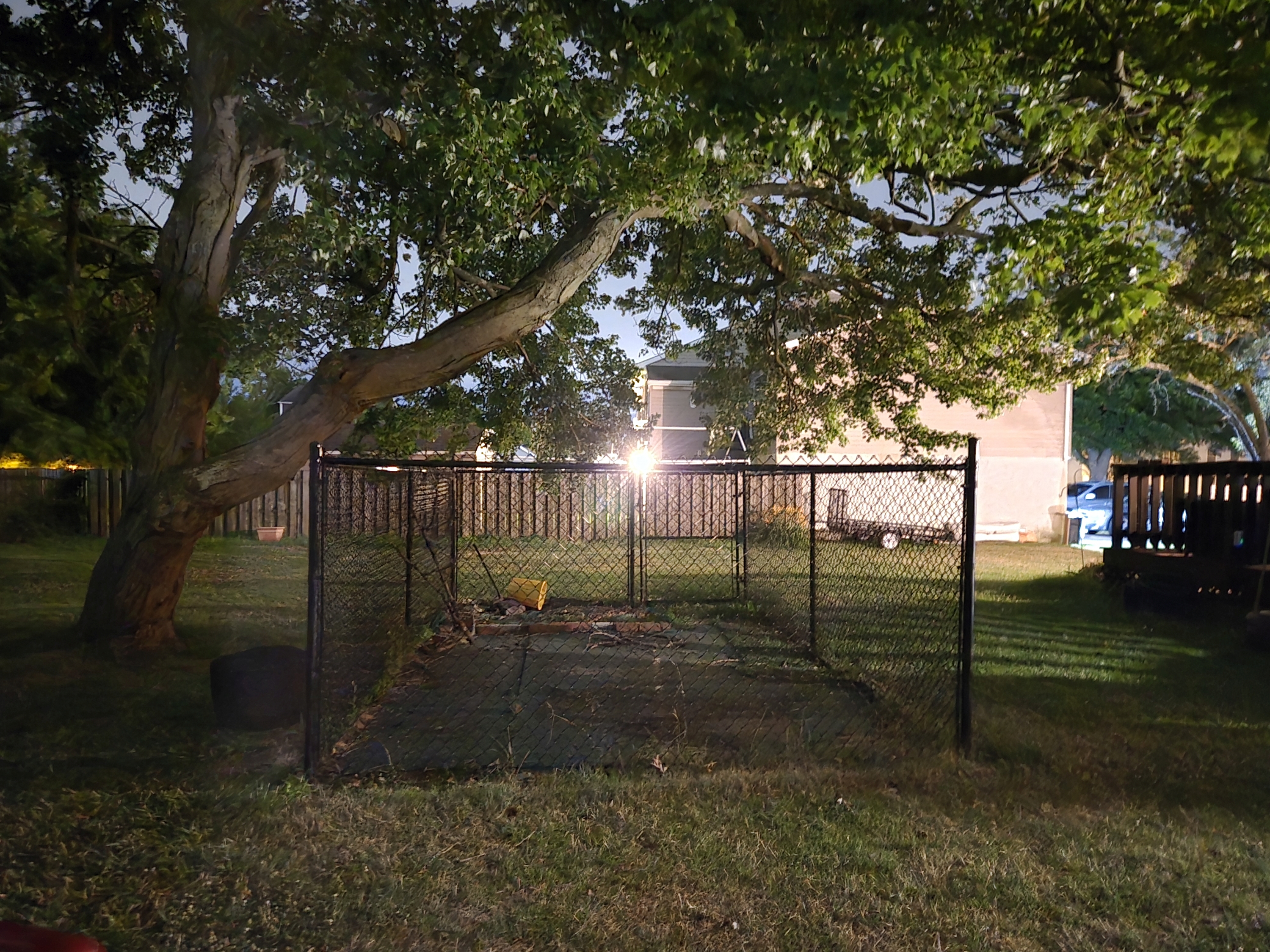
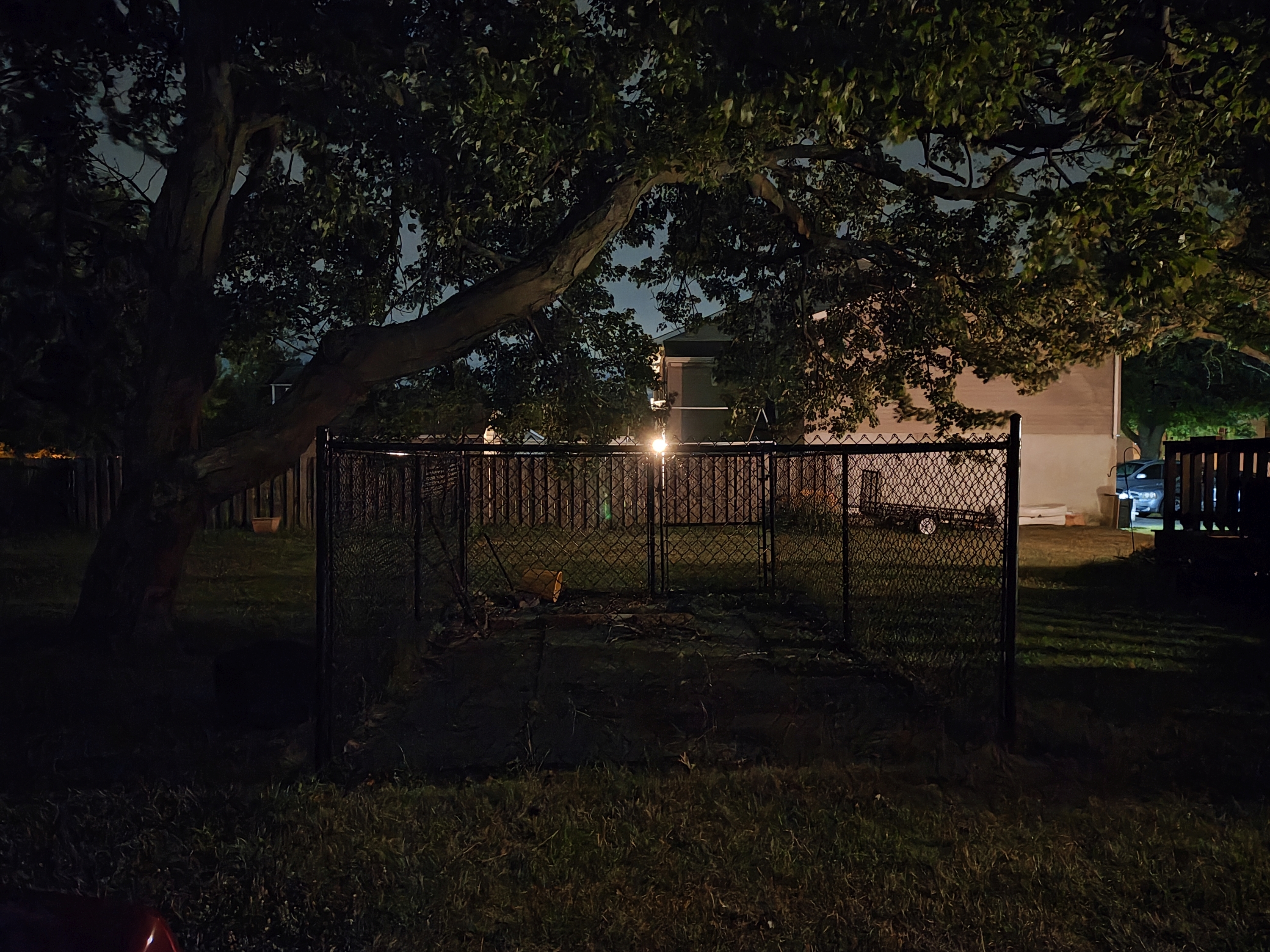



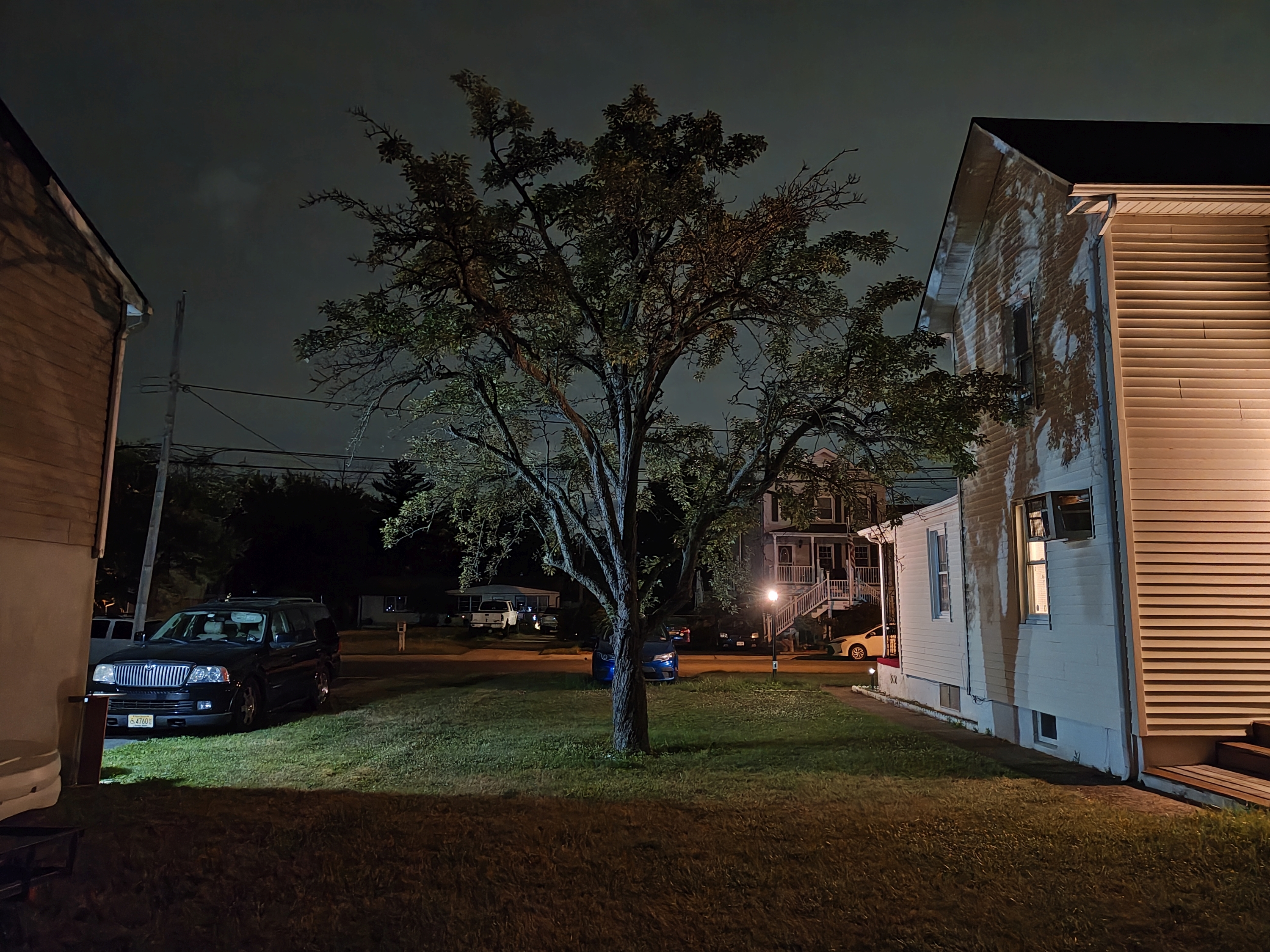
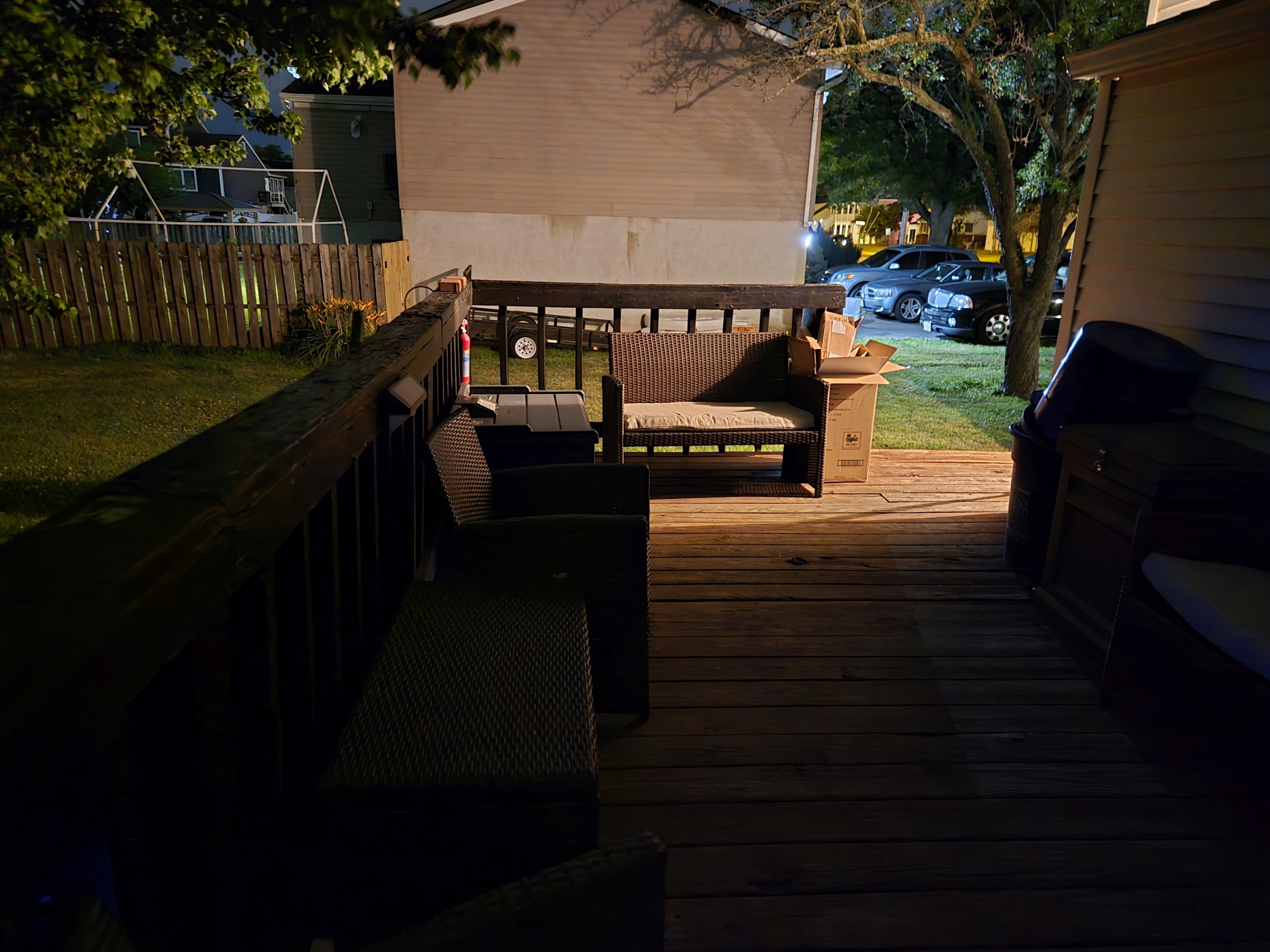
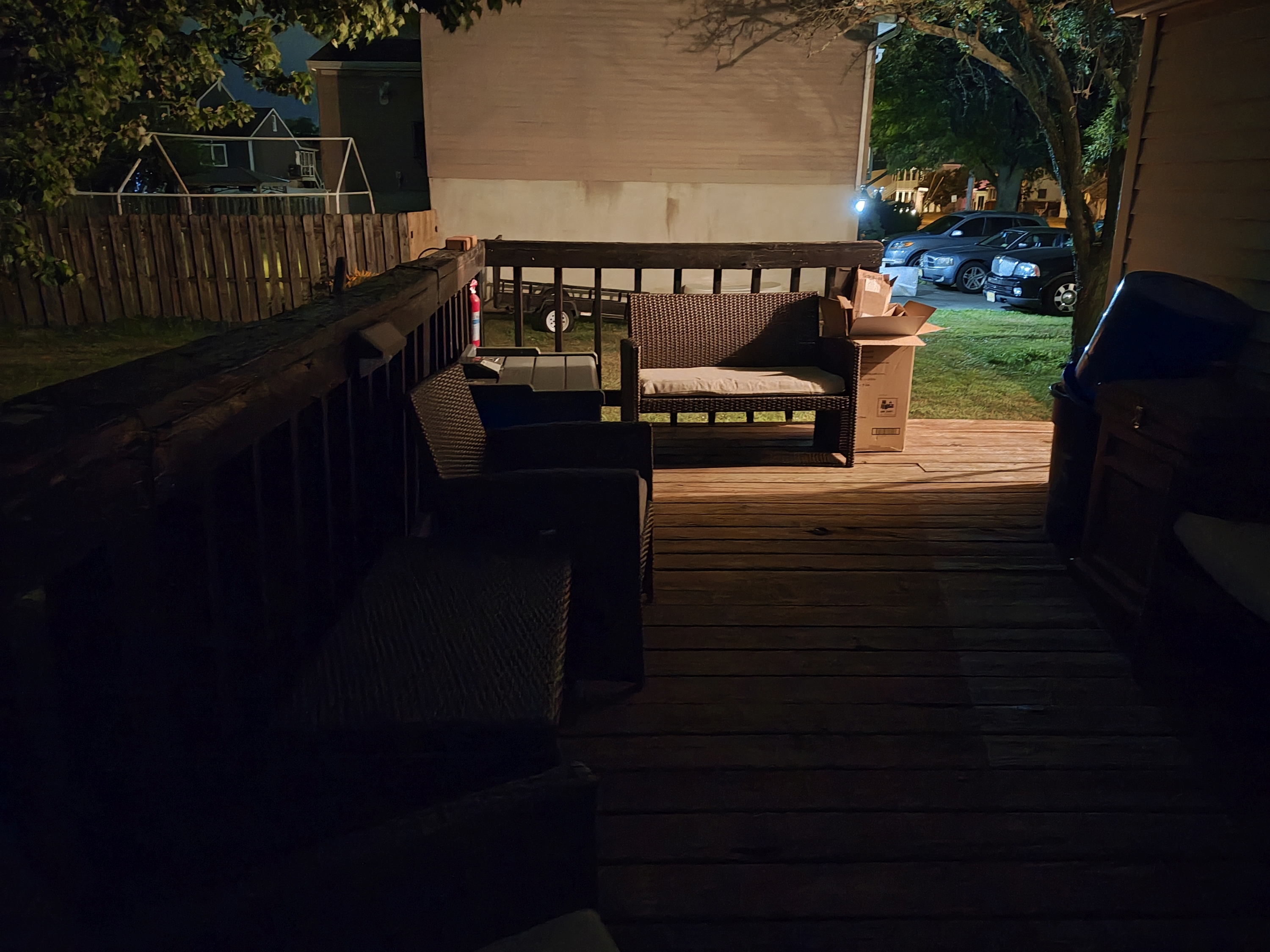


Low light continues to be a strong area for Samsung’s phone, and the Z Flip 6 is no exception with its brightening abilities. My backyard looks illuminated with the Flip 6, so much so that it’s unbelievable when there’s actually no ambient light in the immediate area. The Razr Plus’ low light shot looks substantially darker, more underexposed.
Video recording tops out at 4K 60fps on the Z Flip 6, but it’s made better by the fact that the phone has some of the most robust set of recording tools — like dual recording and portrait video. These shooting modes give content creators more leverage by providing them pro-level tools to make their videos unique. Furthermore, I can’t stress enough how the Galaxy Z Flip 6 is one of the few foldables that offers full manual controls for video.
I’m also impressed by its stabilization, which you can see in the clip above. I can easily make out how it combats the jitter while I’m walking casually, but it’s also better because the overall video looks sharper. For example, I can actually read out the parking signs on the left hand side — whereas they appear smudgy with the Razr Plus.
Samsung Galaxy Z Flip 6 review: Performance
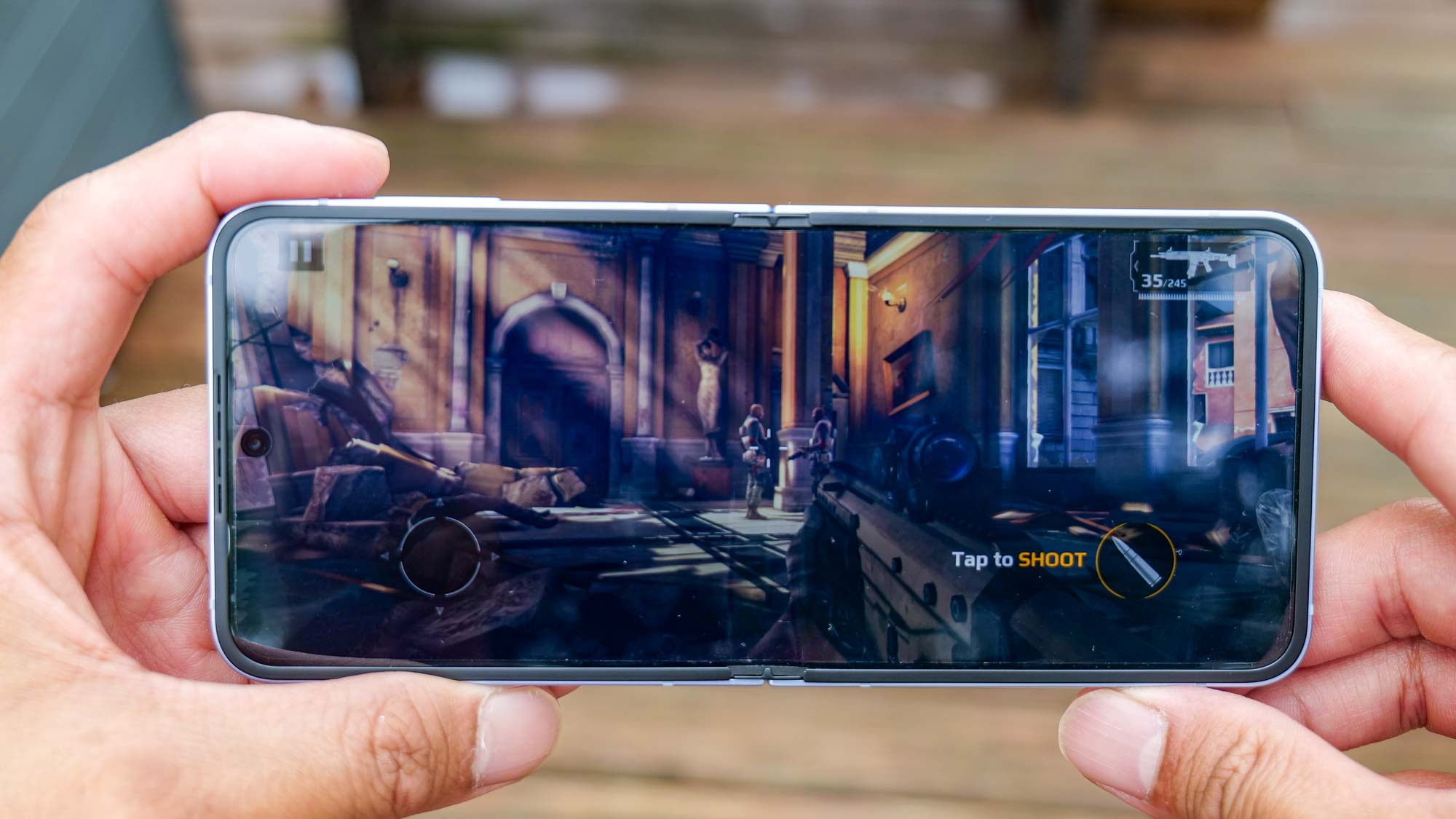
Powered by the same chip in Samsung's Galaxy S24 flagship devices, the Z Flip 6 leans on the Snapdragon 8 Gen 3 for all of its muscle power. I’m instantly attuned to the fluid actions of navigating around the software, since just about every movement is met with tight responses. Furthermore, it extends to other aspects of the experience, including my regular routines running apps and switching between them.
Benchmark results reveal what I suspected initially: the Galaxy Z Flip 6 is a powerhouse in the flip-phone space. GeekBench single and multicore scores for the Z Flip 6 have it registering scores of 2,091 and 7,022 respectively, which are incrementally better than the previous Z Flip 5.
Graphics processing results are just as equally impressive, with the Galaxy Z Flip 6 maintaining an oh-so smooth average frame rate of 113.45 frames per second with 3DMark’s Wild Life Unlimited test. Again, it’s a big improvement over the Flip's predecessor, but I can see it in games like Modern Combat and Age of Origins that I frequently play. The action doesn’t stutter during graphically intensive sequences, like when battles occur in heavily settled territories in Age of Origins.
Beyond that, I’m also happy to report that the Galaxy Z Flip 6 can juggle three apps simultaneously without any major impact to its experience. Combining a multi-window mode that stacks two apps together on-screen with the pop-up view feature that puts an app into a small window, the Z Flip 6’s performance was still responsive running three apps simultaneously.
Samsung Galaxy Z Flip 6 review: Software and AI
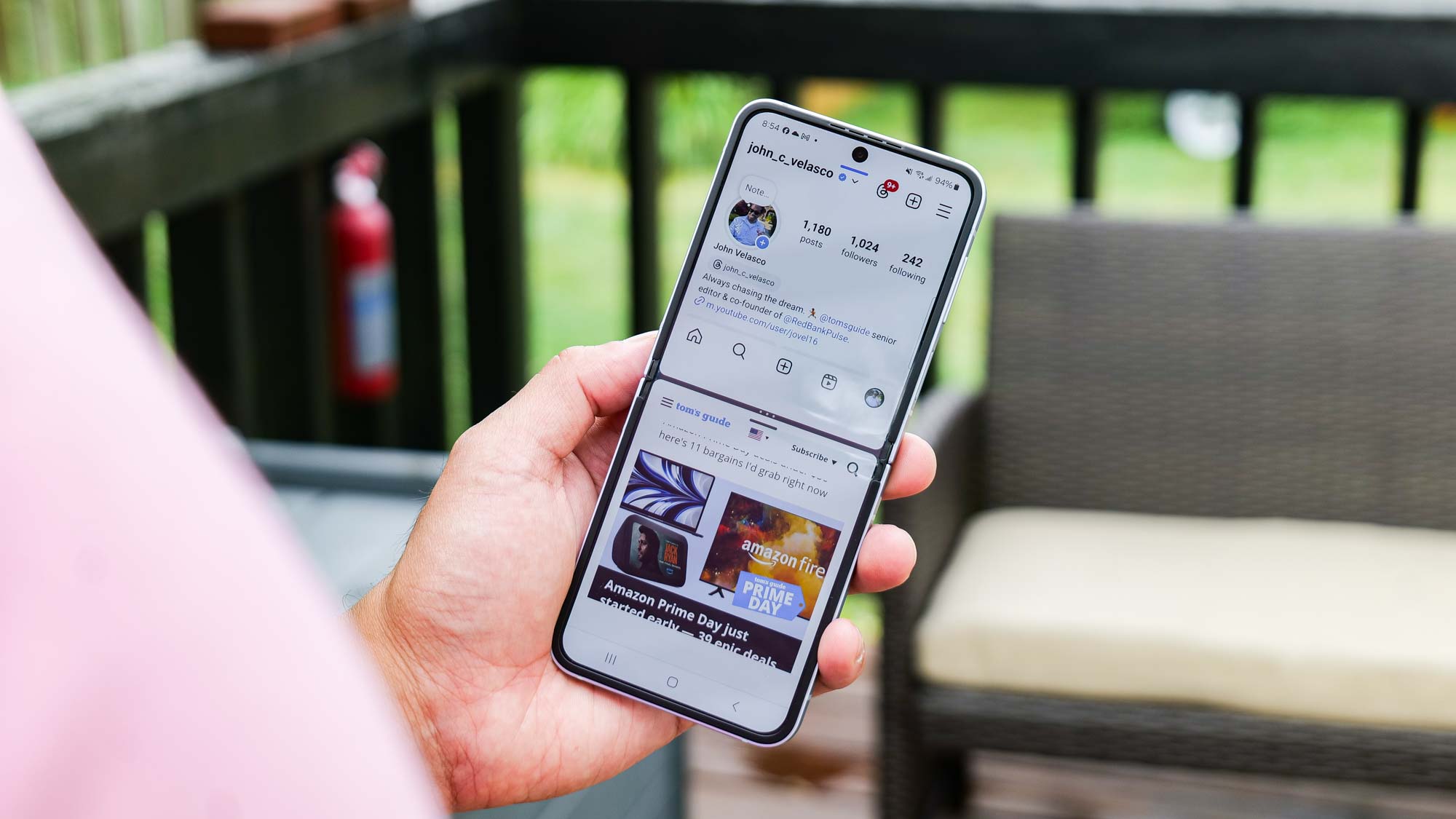
Samsung’s One UI 6.1.1 runs on top of Android 14 on the Galaxy Z Flip 6. The aesthetics look familiar for anyone who’s used a recent Galaxy phone, but this year's flip phone comes out of the box with the same suite of Galaxy AI features first introduced by the S24 series earlier this year.
These include things such as Instant Slow-Mo, Generative Edit, Note Assist, Transcript Assist, and much more. They function the same way as they do on the S24, with some being more useful in saving me time with my day-to-day activities. It also comes with Circle to Search and Google Gemini, although you can’t run Circle to Search on the FlexWindow display — but Gemini works like a charm on the smaller screen.
I’m still a little annoyed that the Galaxy Z Flip 6 doesn’t natively let me run full apps on the FlexWindow display. Instead, I’m forced to go through the same work around as before with the Flip 5 by downloading the Good Lock app through Samsung’s Galaxy Store. After that’s all taken care of, I’m able to access even greater utility with the outer screen — much like how the Razr Plus 2024 does it natively.
Samsung introduces a few new AI features with its latest foldable phones, as well as new optimizations that make them work more effectively with the external displays on those devices. Here’s all of them that I got to check out on the Flip 6:
- Photo Assist: Through the Gallery App, Photo Assist lets me take selfies and photos I’ve taken of myself and transform them into drawings, sketches, and 3D models with the help of generative AI. I get a good chuckle seeing what AI creates with my likeness, but it’s not perfect all the time because it produced some oddball images that included me with four eyes. What would I use these AI-generated sketches for? Perhaps switching my avatars for some of my social media accounts.
- Photo Ambient: In addition to the AI-generated wallpapers I can create, there’s also another option called Photo Ambient specifically for the lockscreen wallpaper. It works best when I use photos of landscapes I’ve captured with the camera, which Photo Ambient will use to change its look in real-time based on the weather and time. For example, I’ve seen it transform into a warmer color tone right for bedtime.
- Auto Zoom: This AI-feature takes the hassle of framing a shot by automatically zooming in the camera app when it detects people. It dynamically adjusts to zoom appropriately to include everyone, but I still sometimes manually adjust it to get the composition I want — even if it means having more dead space in the frame.
- Interpreter Mode: Functionally it’s the same here as it is with the Galaxy S24 by allowing for real-time translation between two people speaking. But the difference here is how much more practical it becomes when it’s used in conjunction with the FlexWindow display by allowing both parties to see the translation on their respective displays when the Flip 6’s folded halfway.
- Suggested Replies: This Galaxy AI feature is exclusive only to the Z Flip 6 and offers AI-generated message replies that appear on the FlexWindow display. But forever what reason, I haven’t been able to properly test it out after following instructions of how to set it up. I’ll revisit this as soon as I get it to work.
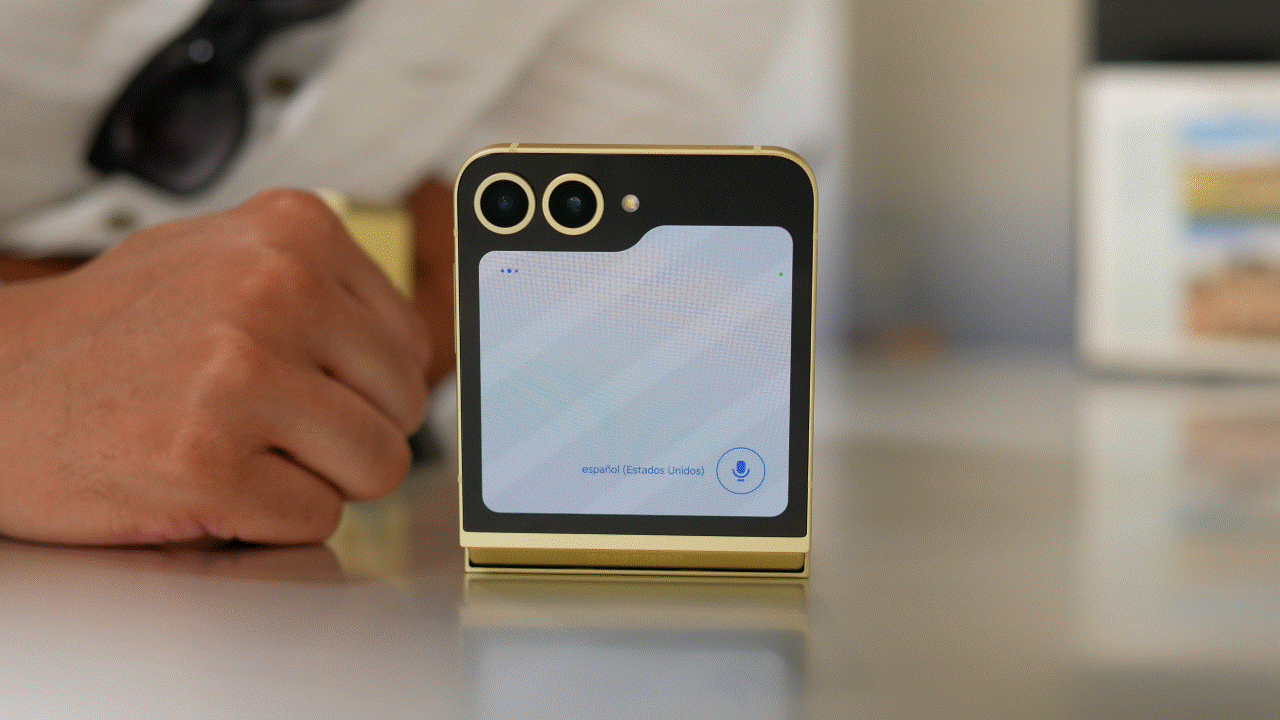
For a flip-style phone, the Z Flip 6 is pretty adept at multitasking — with upwards of three apps running simultaneously. However, I wish more apps were optimized for Flex Mode apart from the native offerings and some Google apps. Take for example Google Photos, which I initially suspected would shift photos and video to the top half of the screen in Flex Mode, but it doesn’t.
Beyond all of the AI features, the one thing I’m curious to find out is if more apps have been optimized to work in Flex Mode, like the hands-free experience of putting the phone down and shooting selfies. And of course, the Galaxy Z Flip 6 also benefits from the same seven years of software and security updates as the Galaxy S24.
Samsung Galaxy Z Flip 6 review: Battery
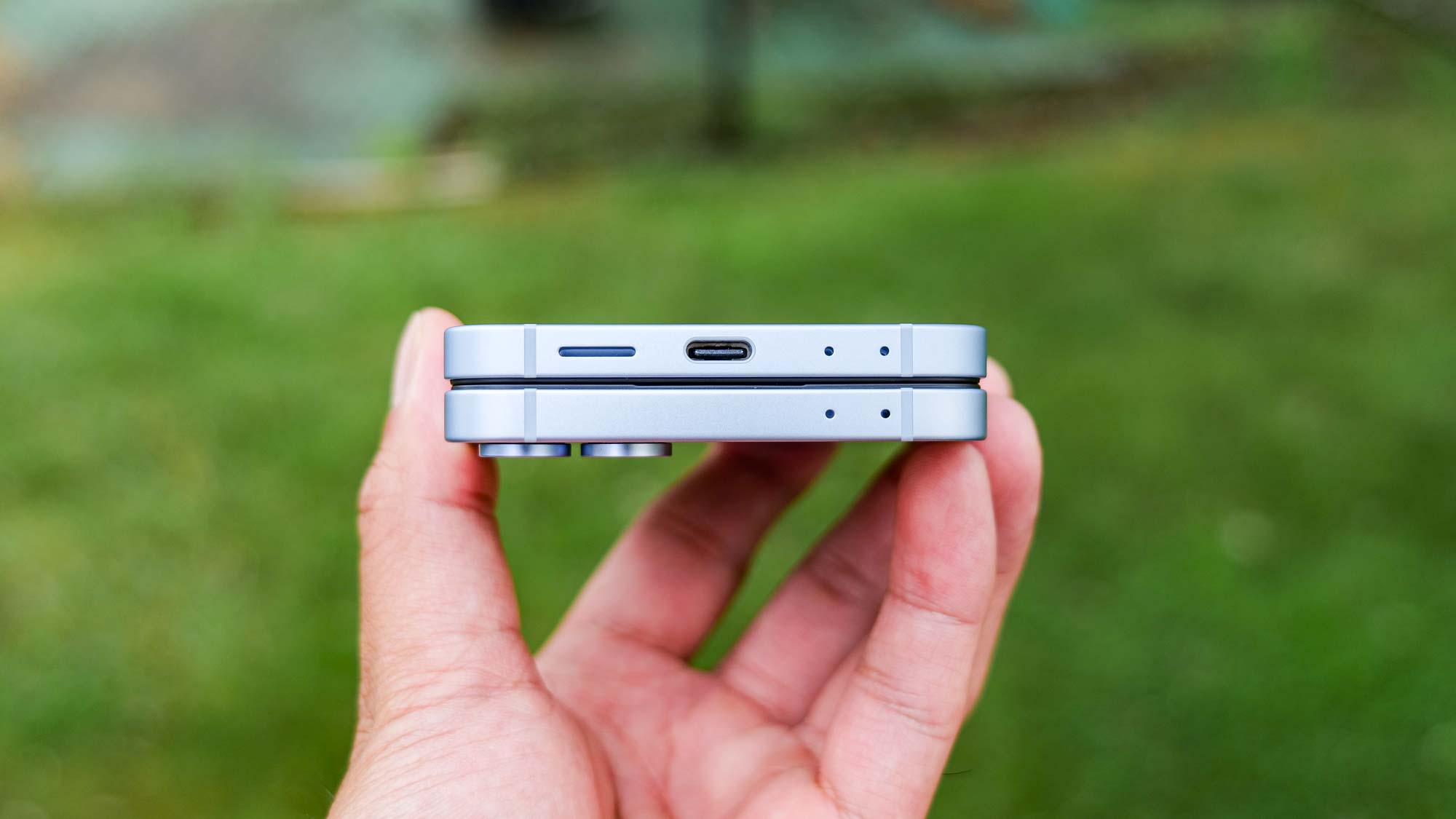
Somehow Samsung is able to cram in a larger 4,000 mAh battery into the Z Flip 6, up from 3,700 mAh in the Z Flip 5, all while keeping the same svelte profile as before. Along with the power efficiency of the Snapdragon 8 Gen 3 chip, the Galaxy Z Flip 6 easily carries me through a full working day with a single charge.
In the Tom’s Guide battery benchmark test, however, the new phone's gains are minimal at best. The Galaxy Z Flip 6 reaches an average time of 11 hours and 1 minute, which is underwhelming, because I was expecting a substantially better result than the Z Flip 5’s mark of 9 hours and 52 minutes. Given the better year-over-year gains I saw with the S23 and S24, I was hoping for an improved result rom the Galaxy Z Flip 6 — more so when the Razr Plus 2024 has the same battery capacity while still managing to last around 14 hours in our testing.
Another annoying thing worth pointing out is that Samsung again hasn’t improved the charging speeds with the Galaxy Z Flip 6 so it’s still stuck on a slower 25W wired speed and 15W wireless. The Flip gets up to a 55% charge after 30 minutes, which is still decent, but the phone could post better results if it offered a faster charging speed.
Samsung Galaxy Z Flip 6 review: Verdict
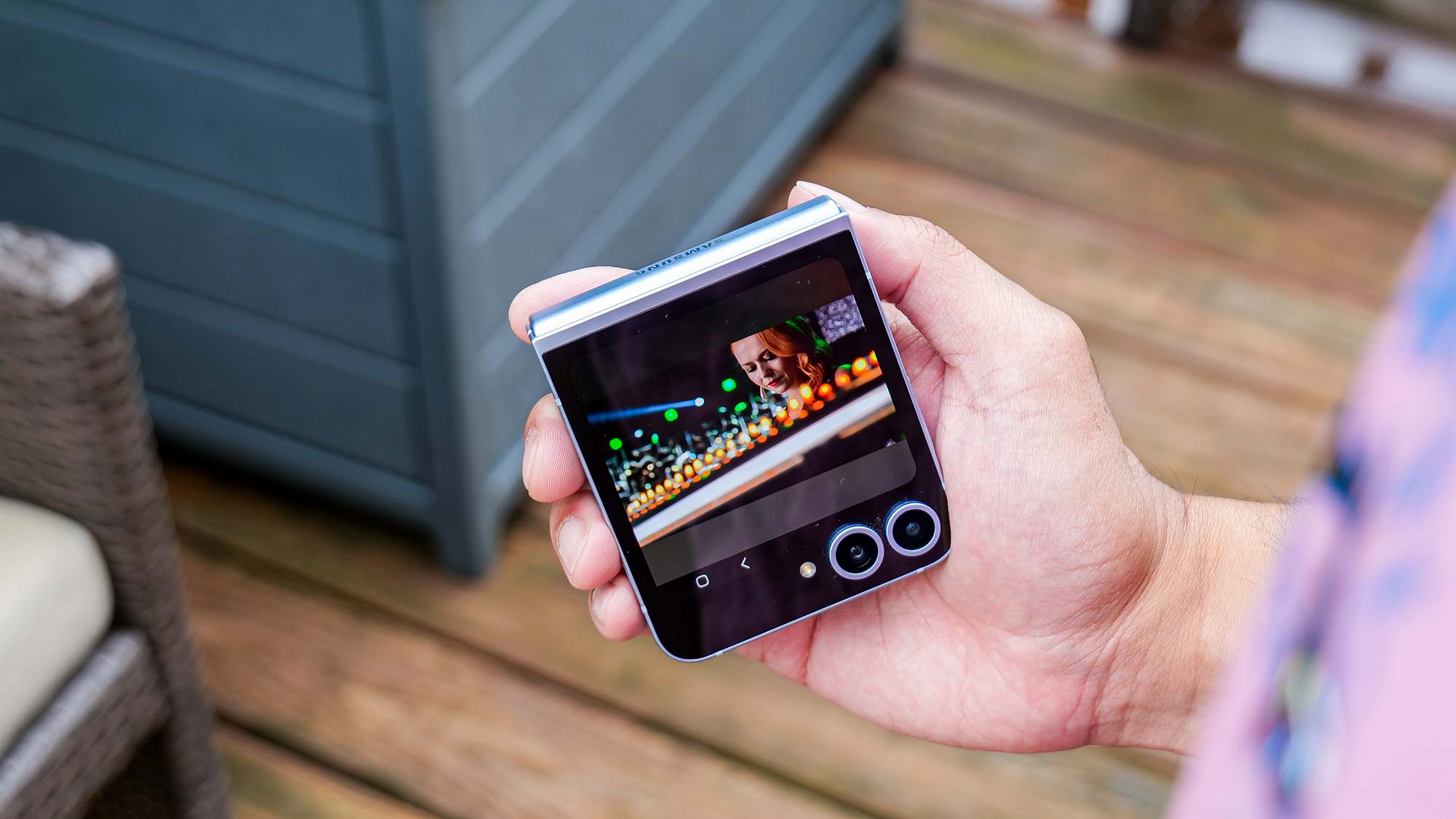
I genuinely like the Galaxy Z Flip 6. It’s a charming flip phone with more utility than the average slate, while still offering one of the best-in-class cameras among foldables. There are also the handful of new Galaxy AI features that add a dash of extra convenience into the mix.
Despite all of this, it’s hard to overlook how Samsung is demanding $100 more for this phone. With a higher cost in tow, the Galaxy Z Flip 6 doesn’t convince me enough that it’s doing more or performing better than the competition — and I don’t have to look far because the Razr Plus 2024 proves my point. Not only does it have a much longer battery life and brighter screen, Motorola still manages to throw in a larger, higher resolution outer screen.
Given the $100 premium this foldable now commands, I was hoping for so much more with the Z Flip 6 to make it a compelling reason for people to upgrade or switch to it. Unless you find a deal that’s hard to pass up, Samsung doesn’t do as good of a job at convincing me that there's $100 worth of improvements in this year's device.







